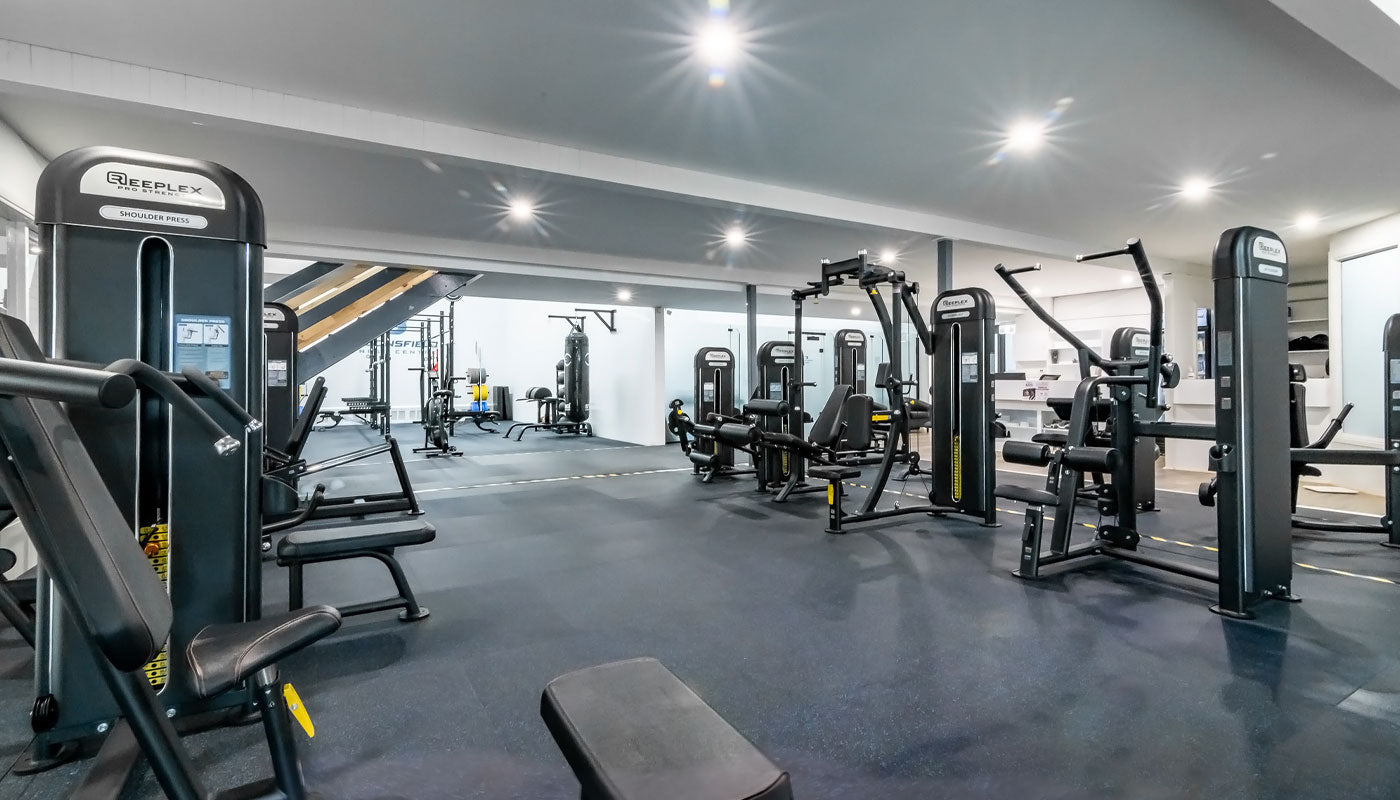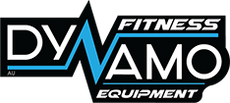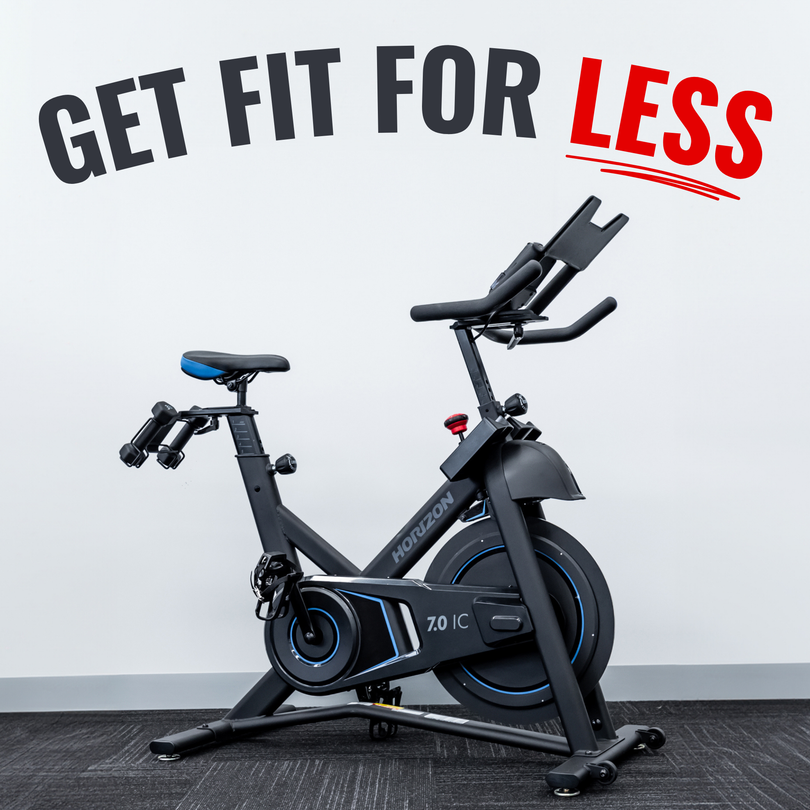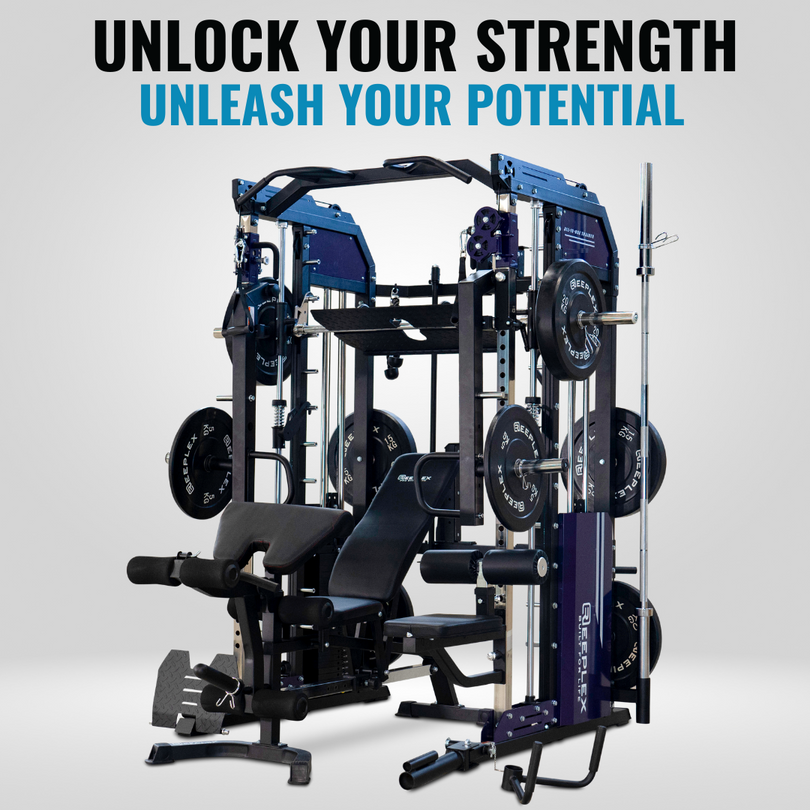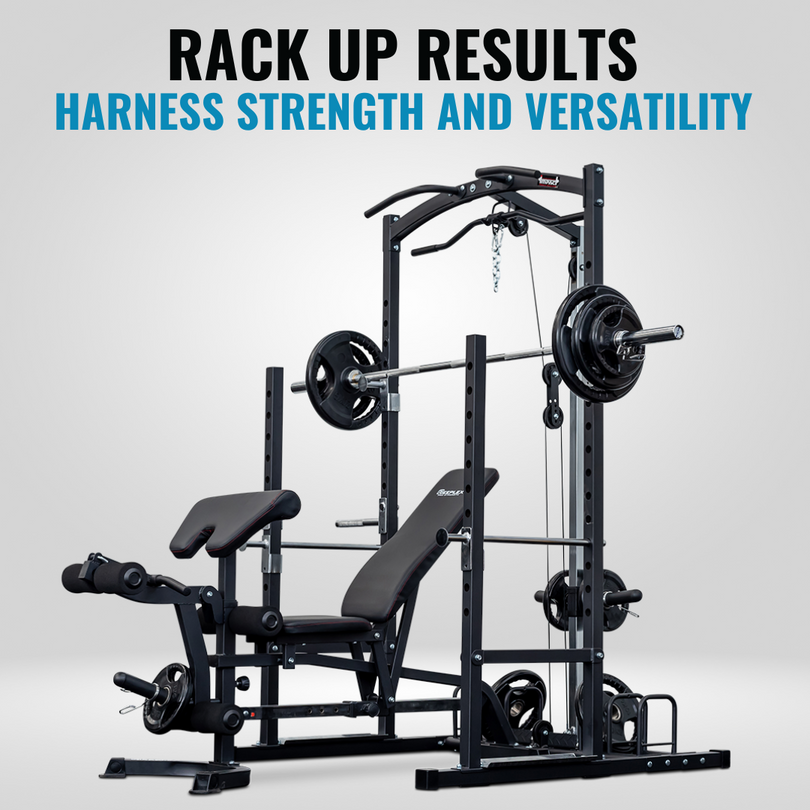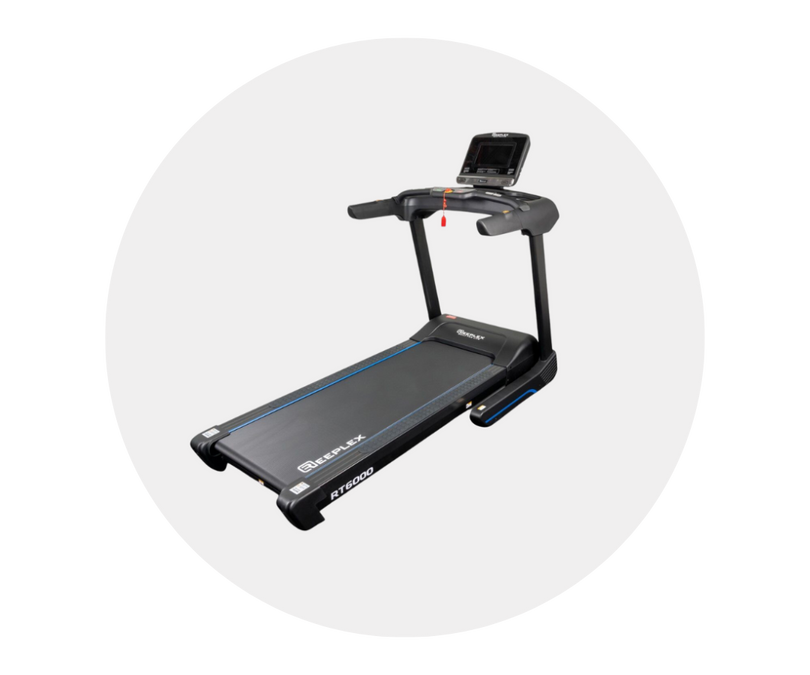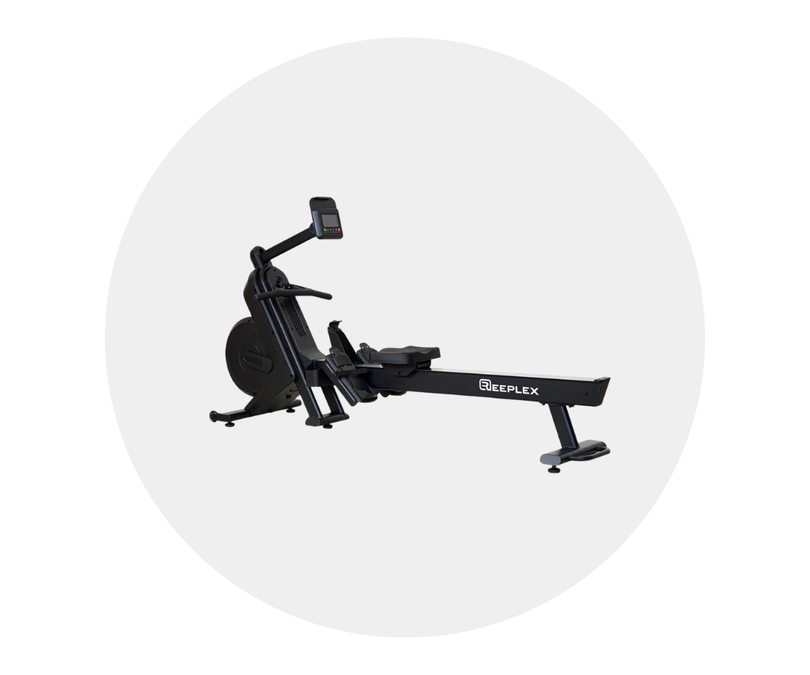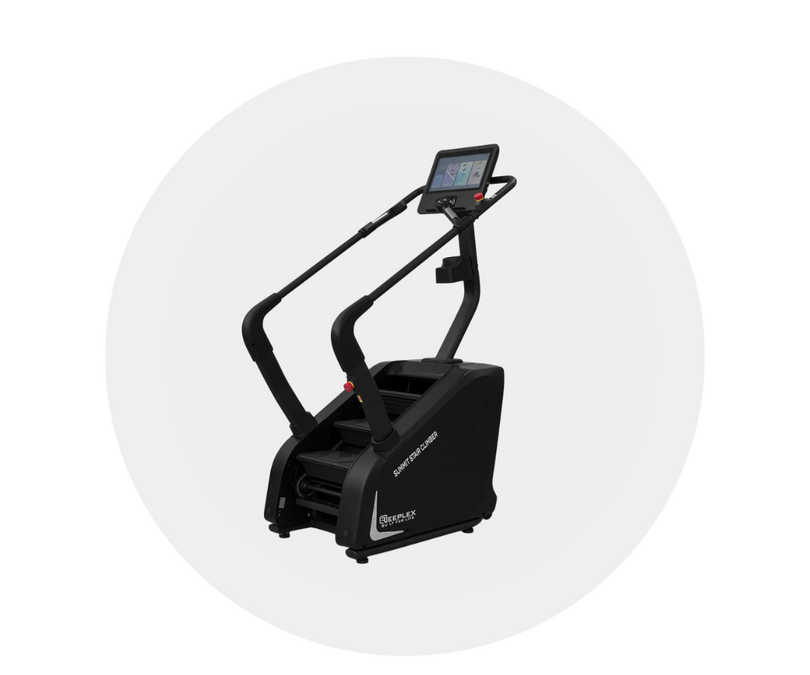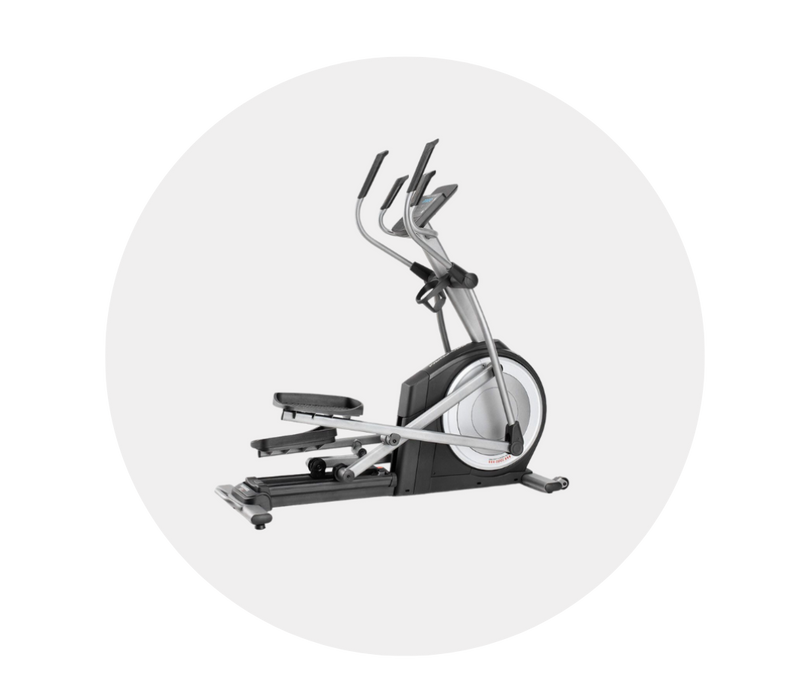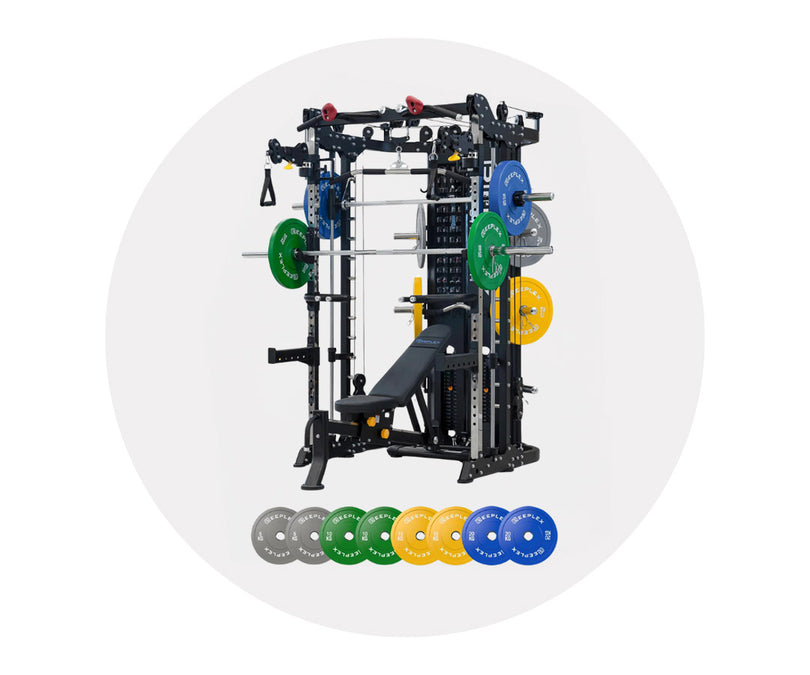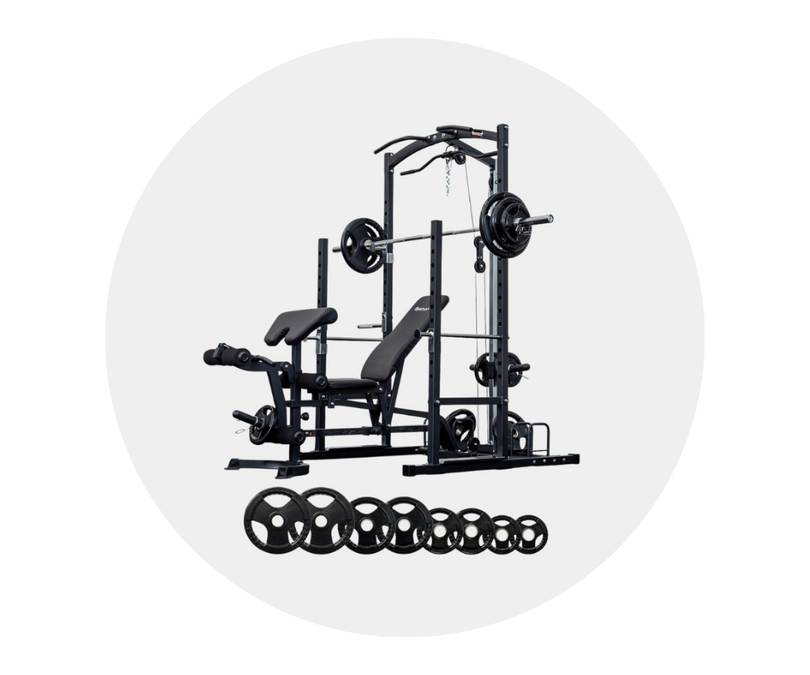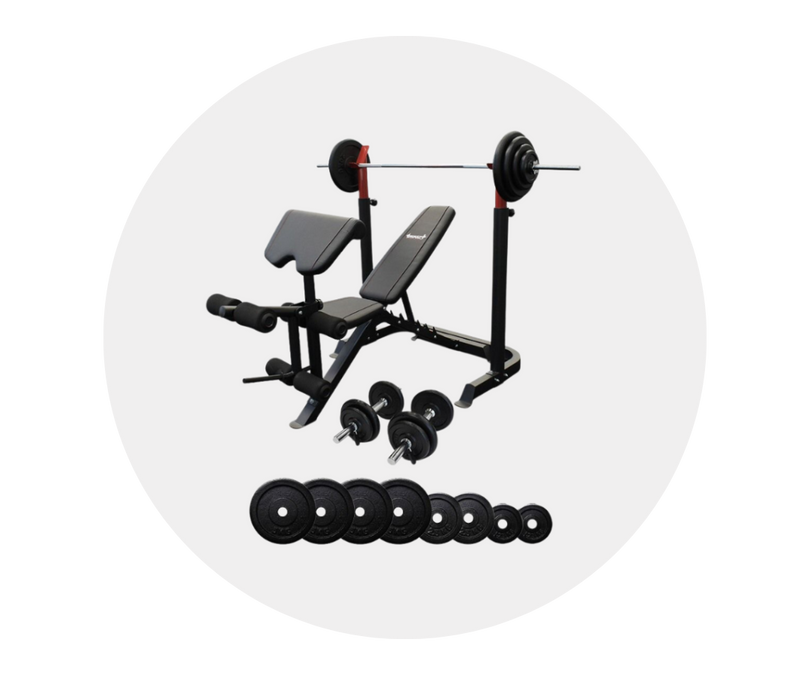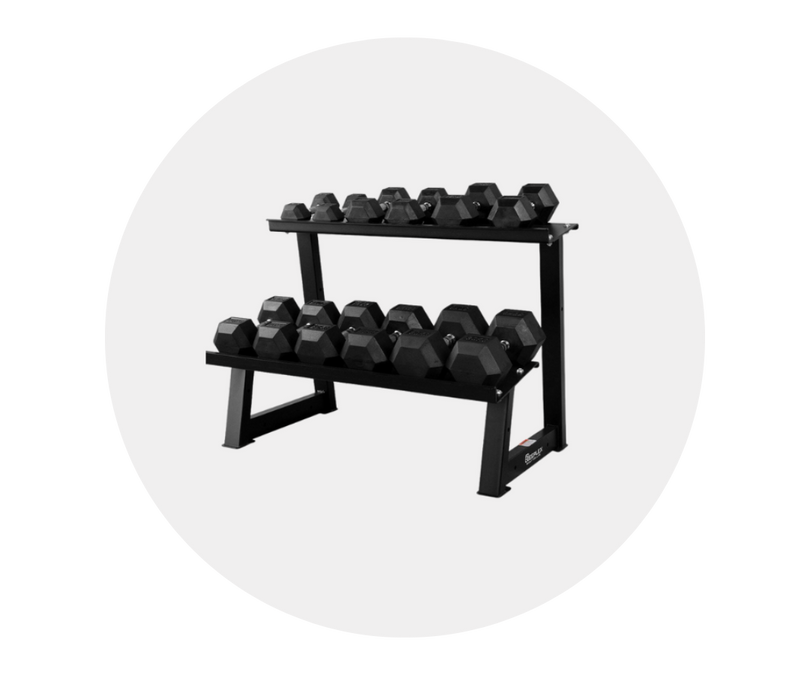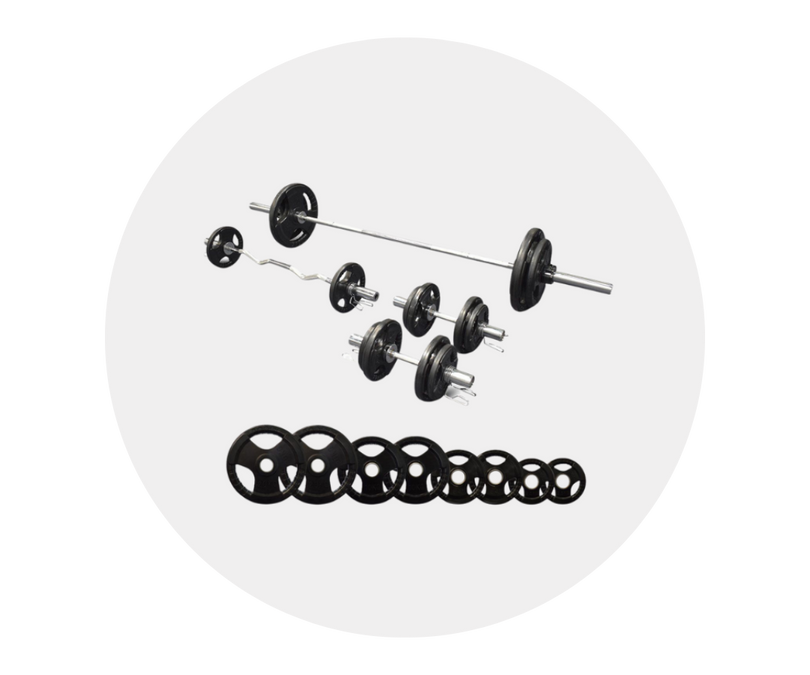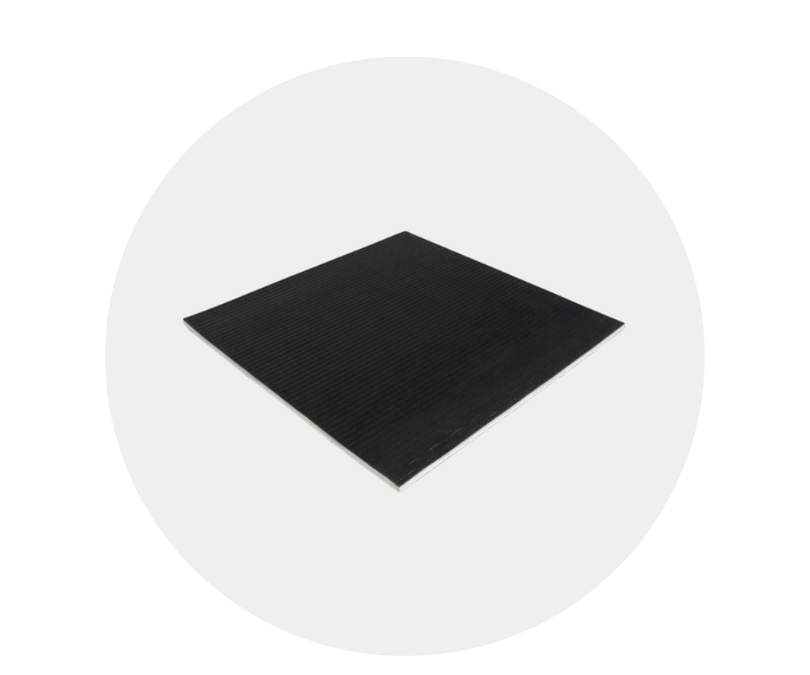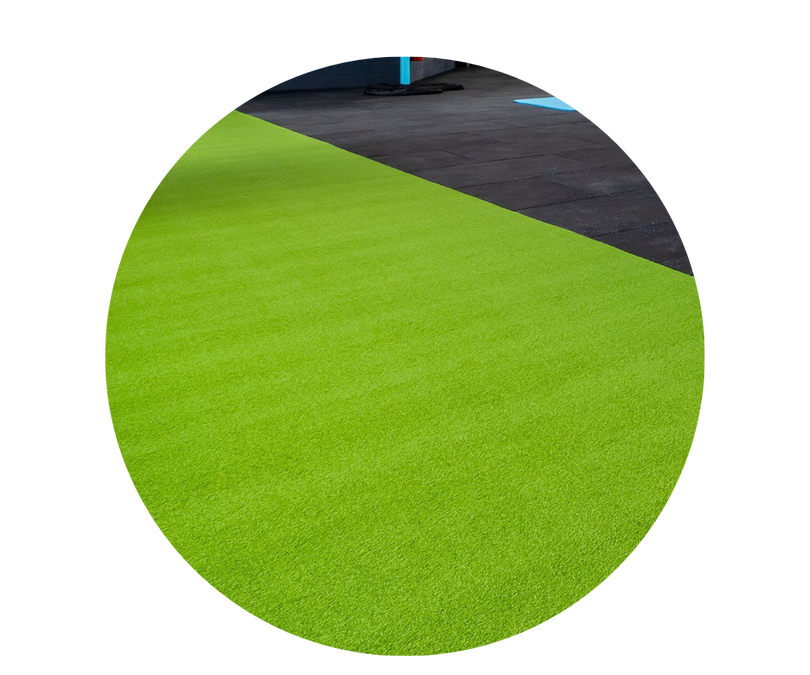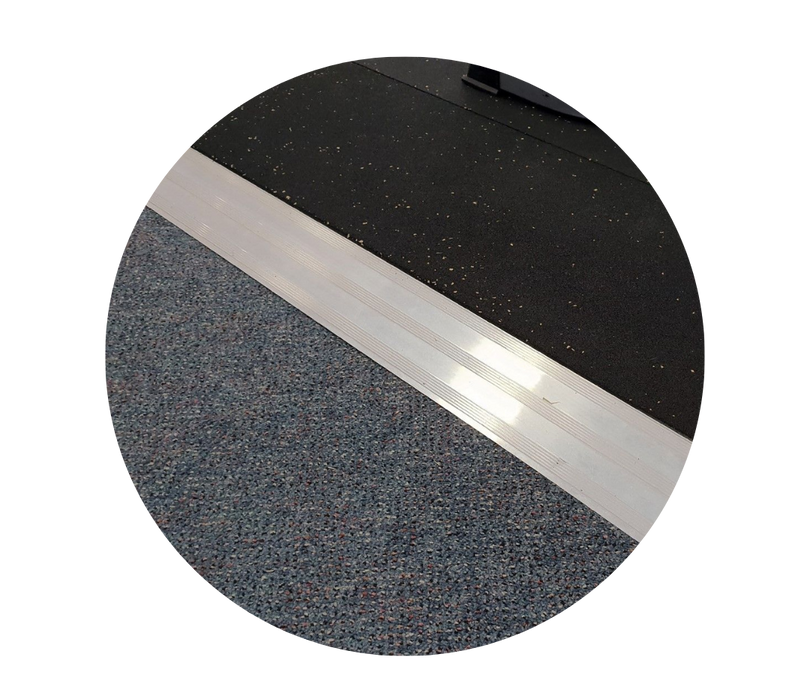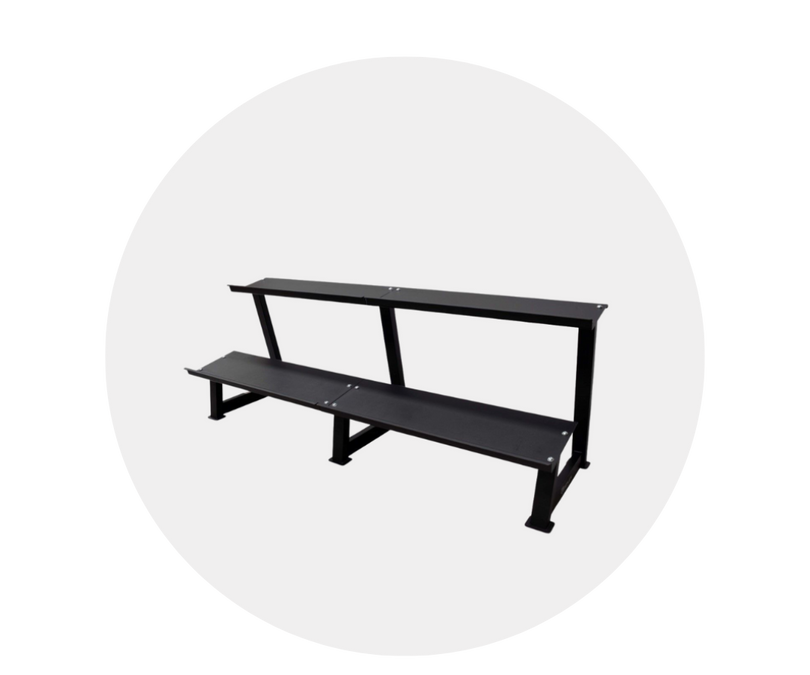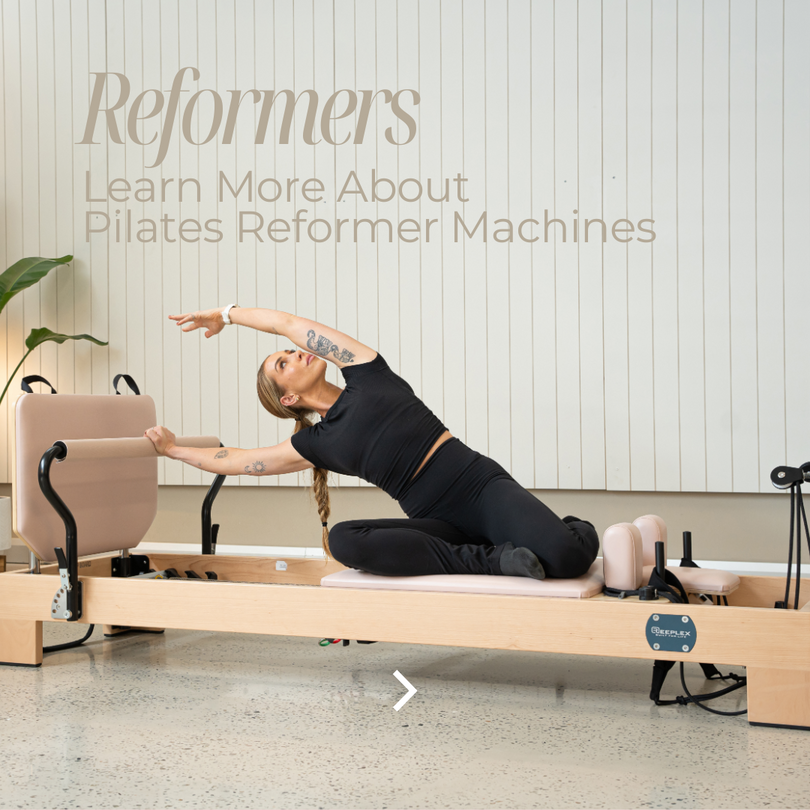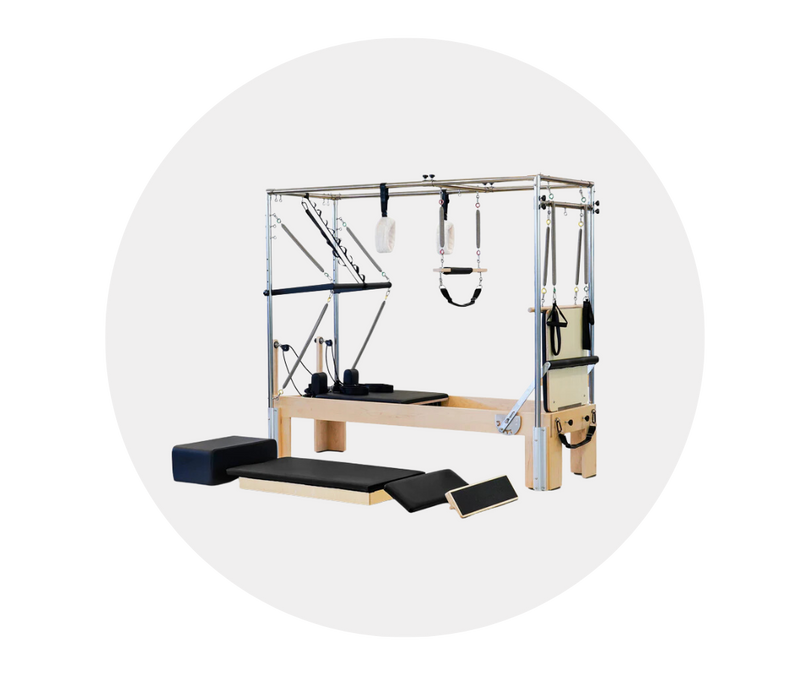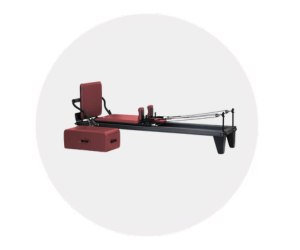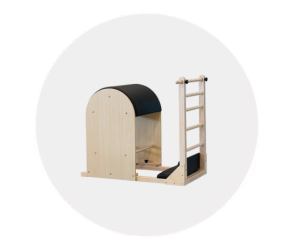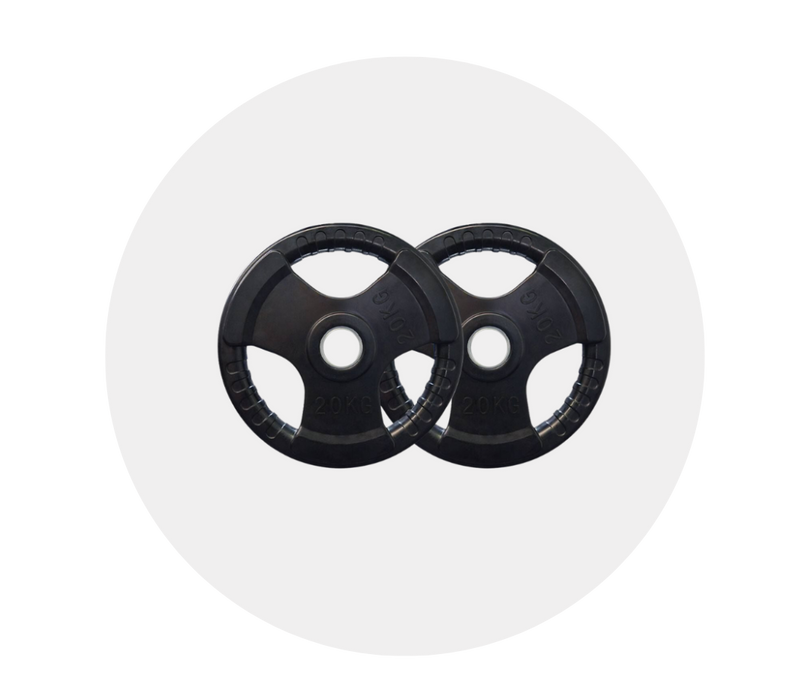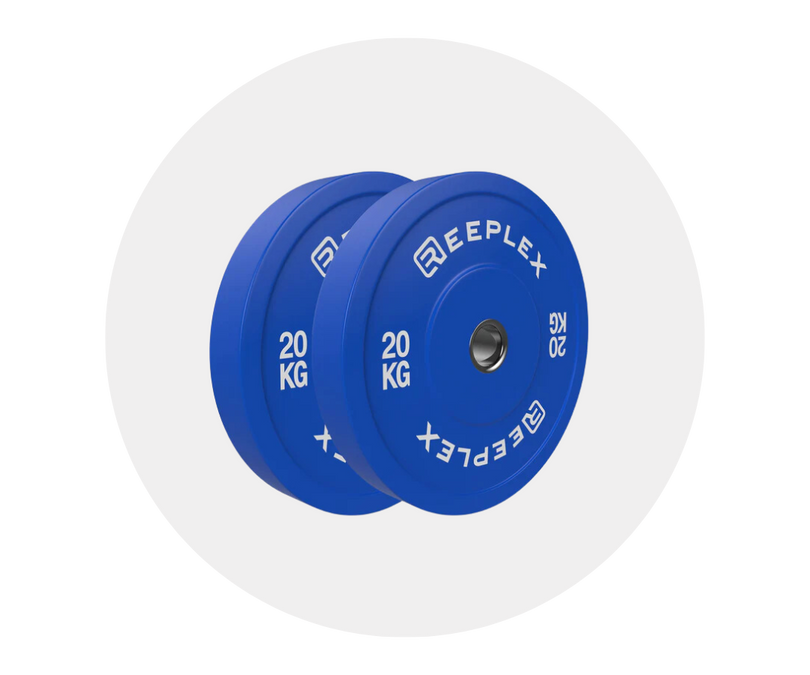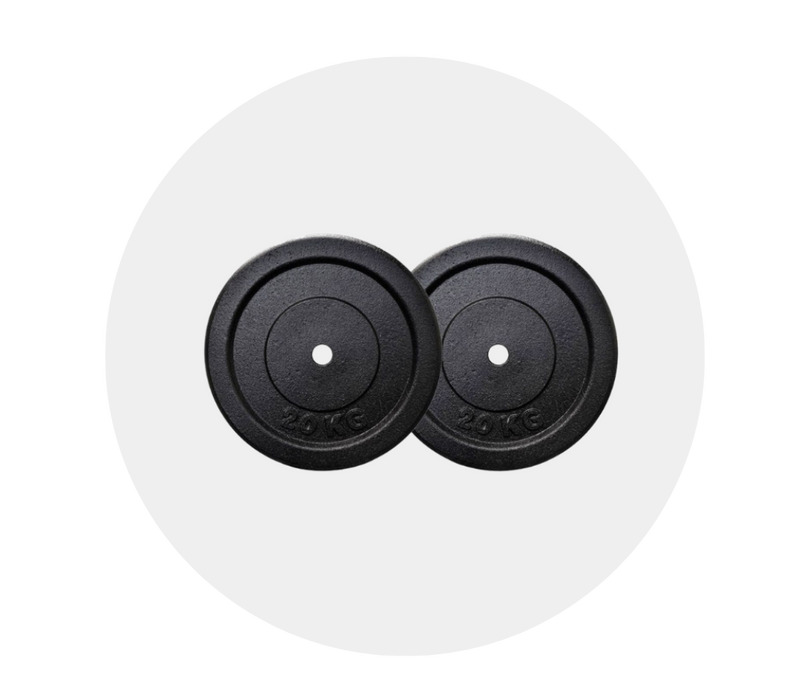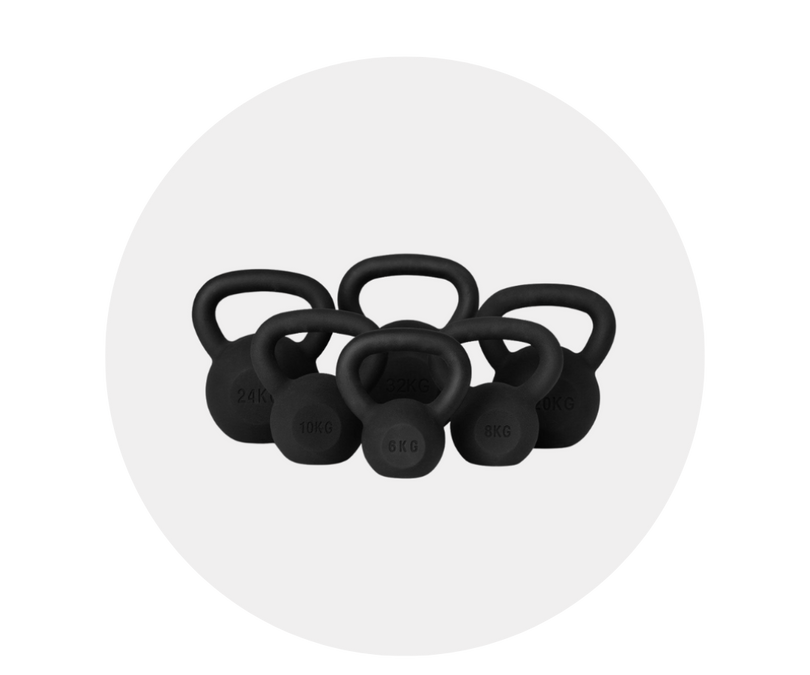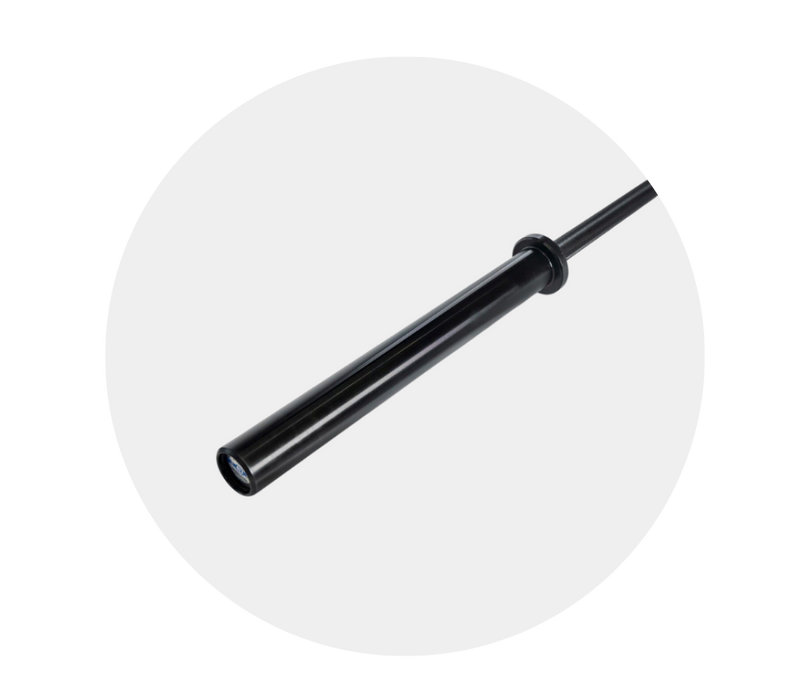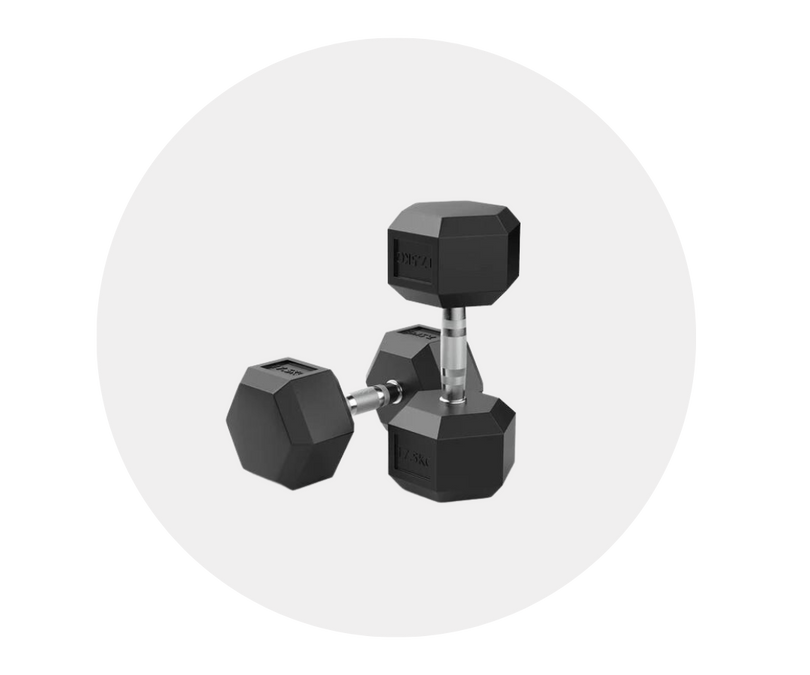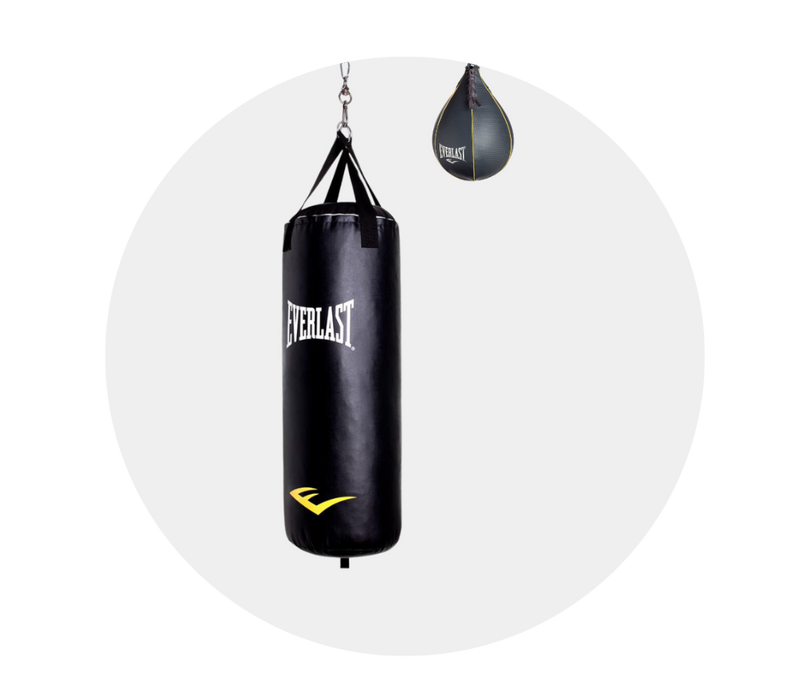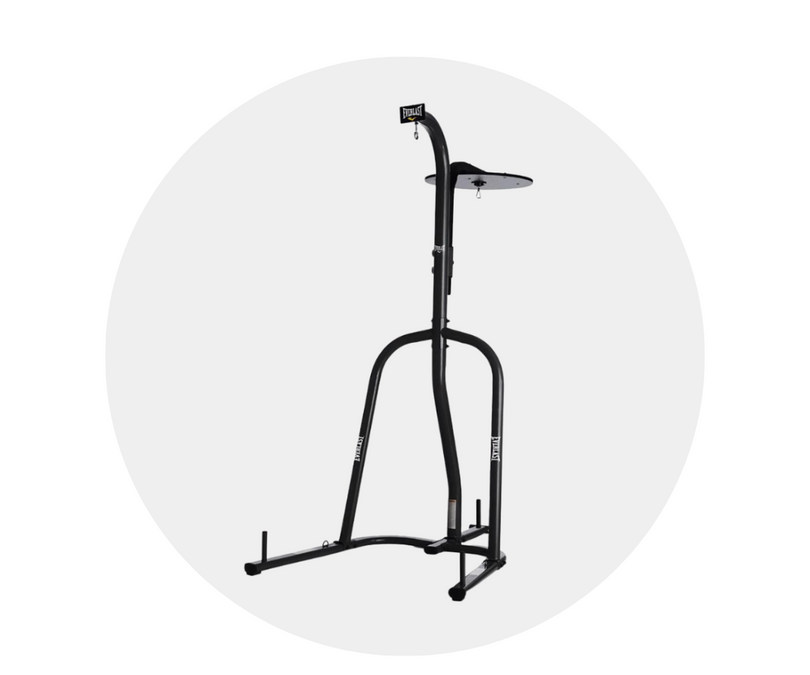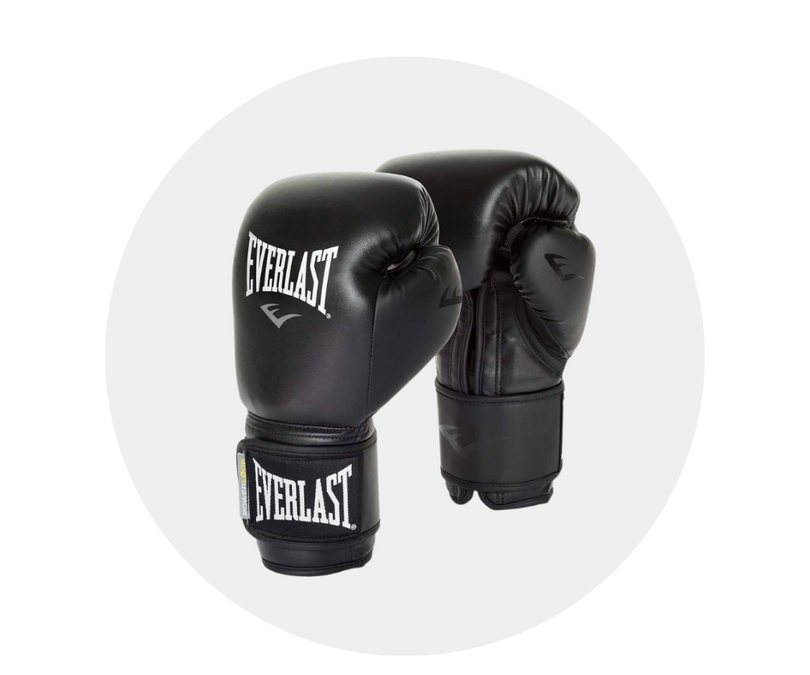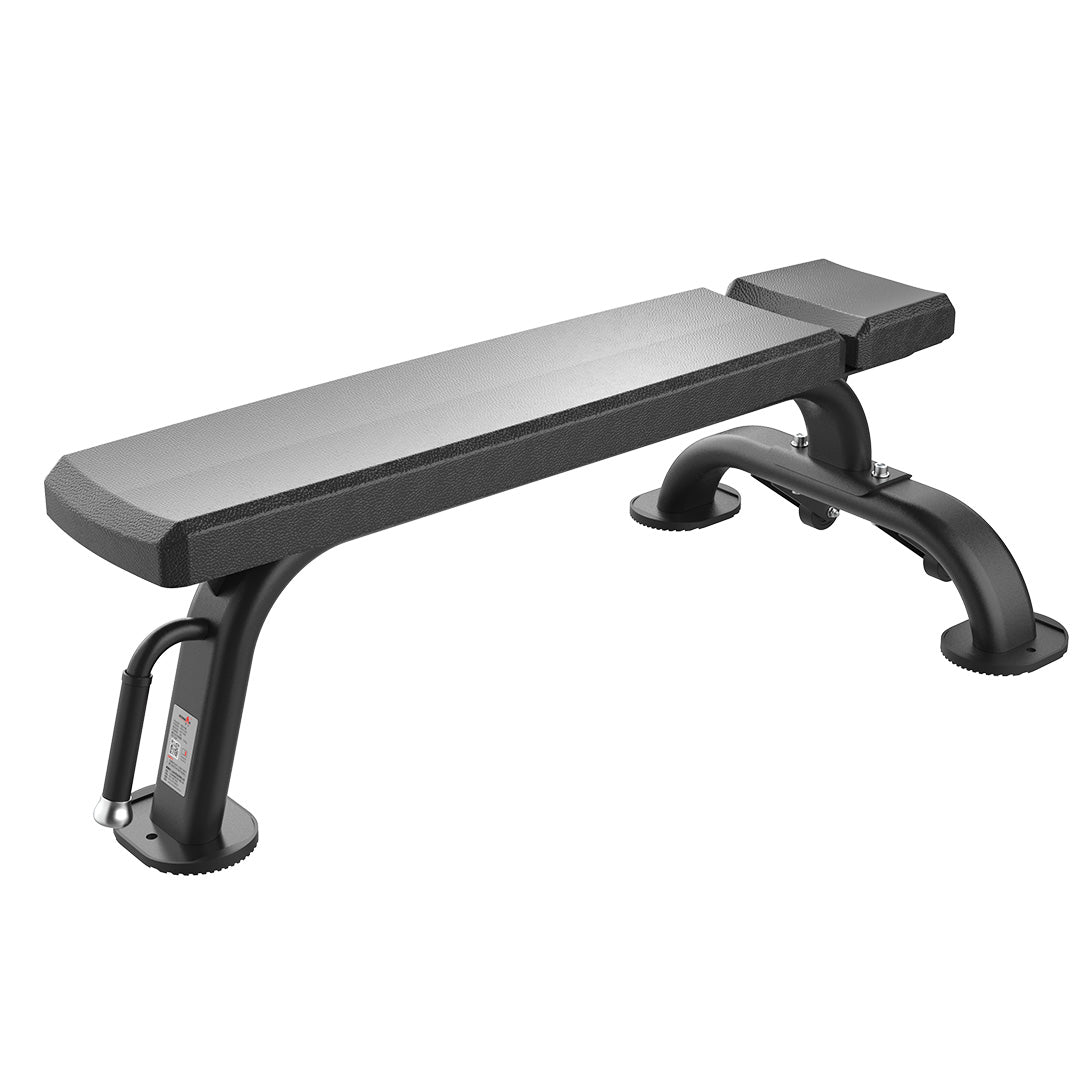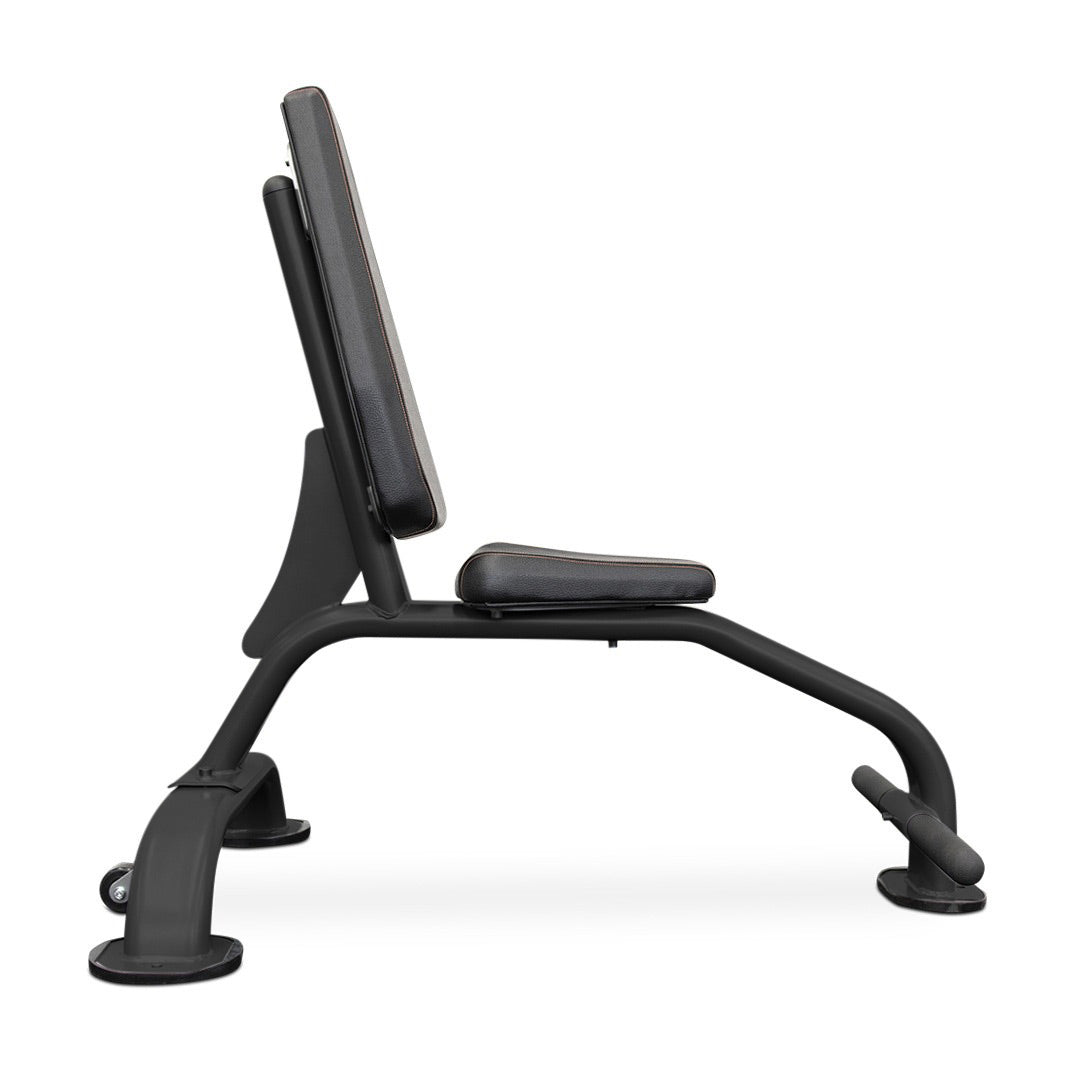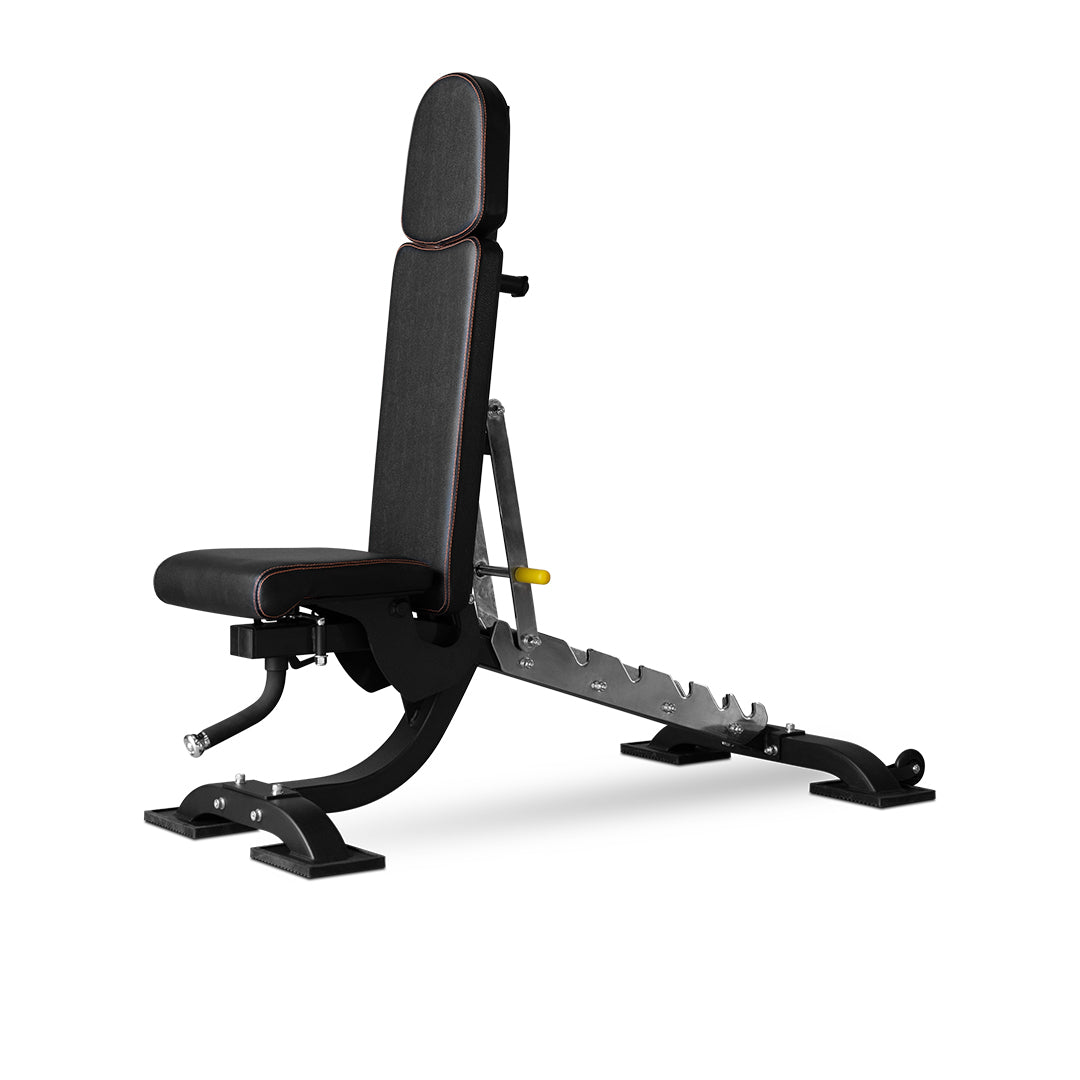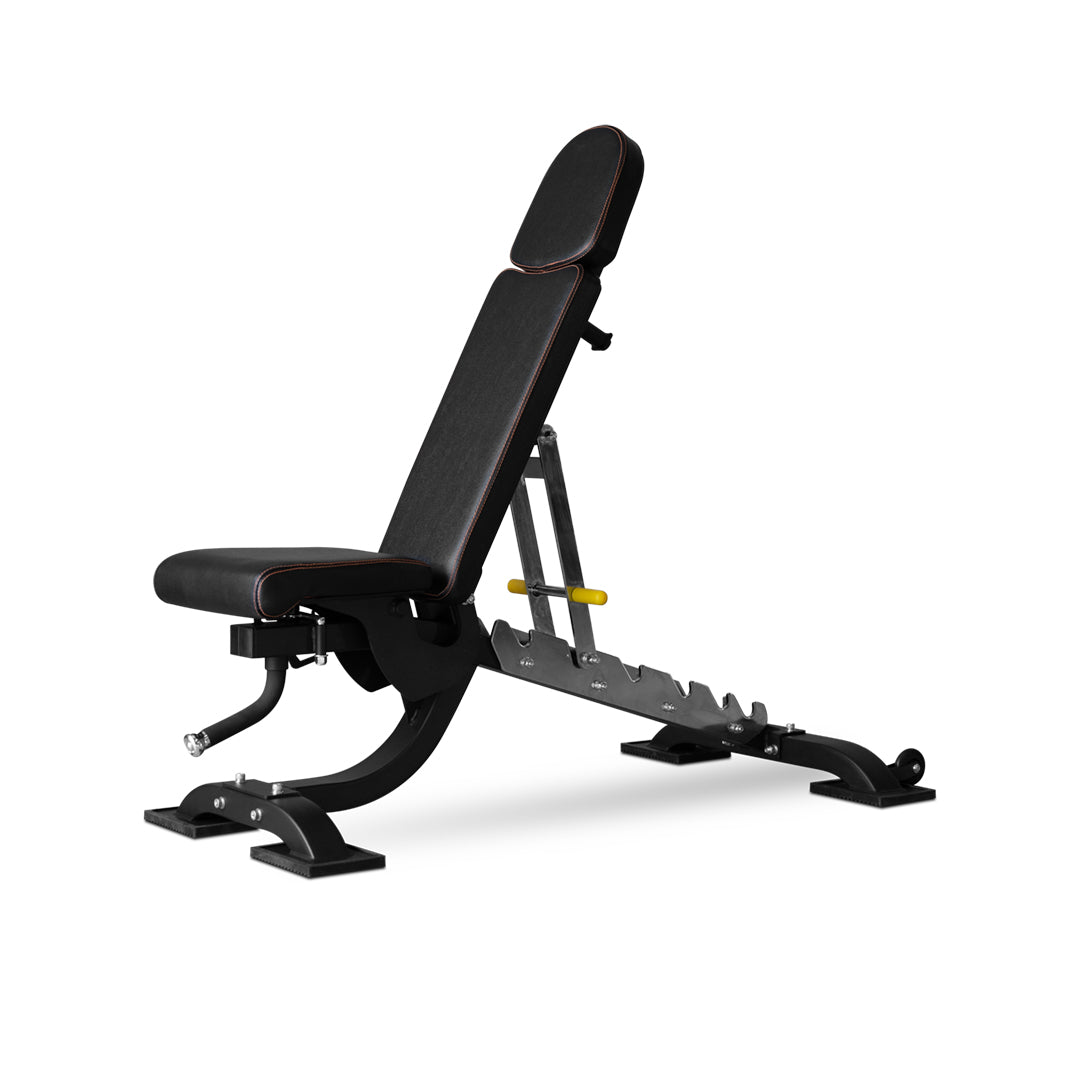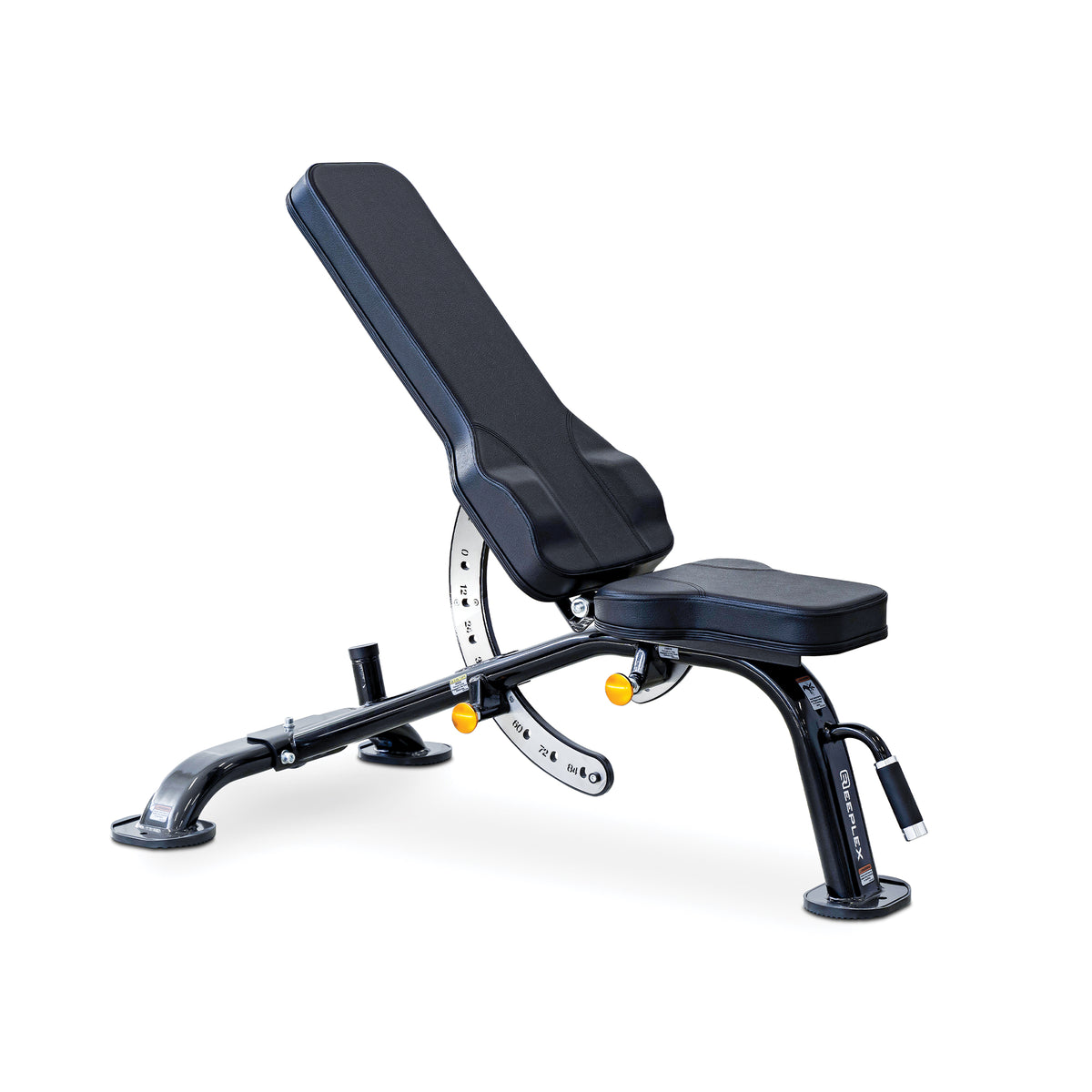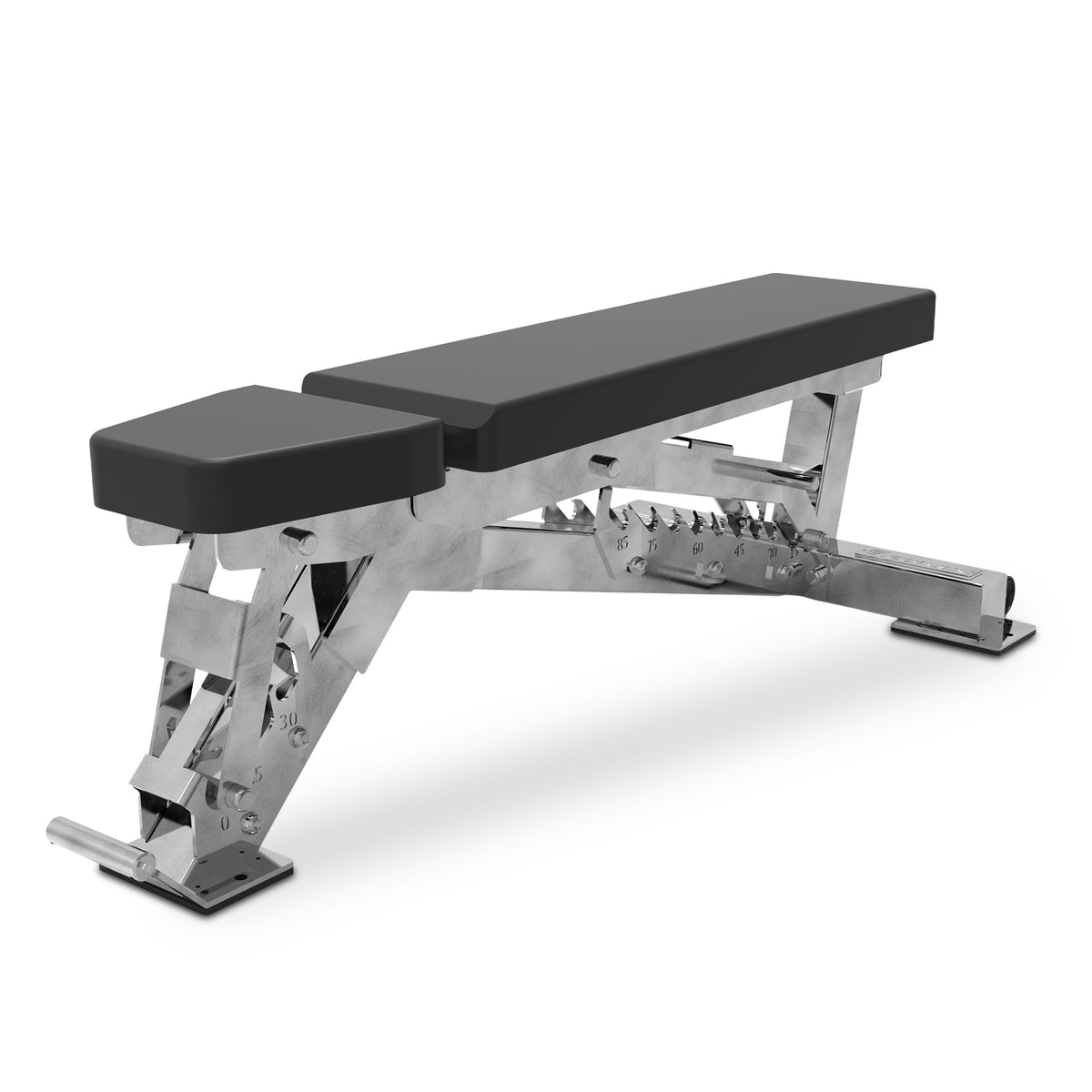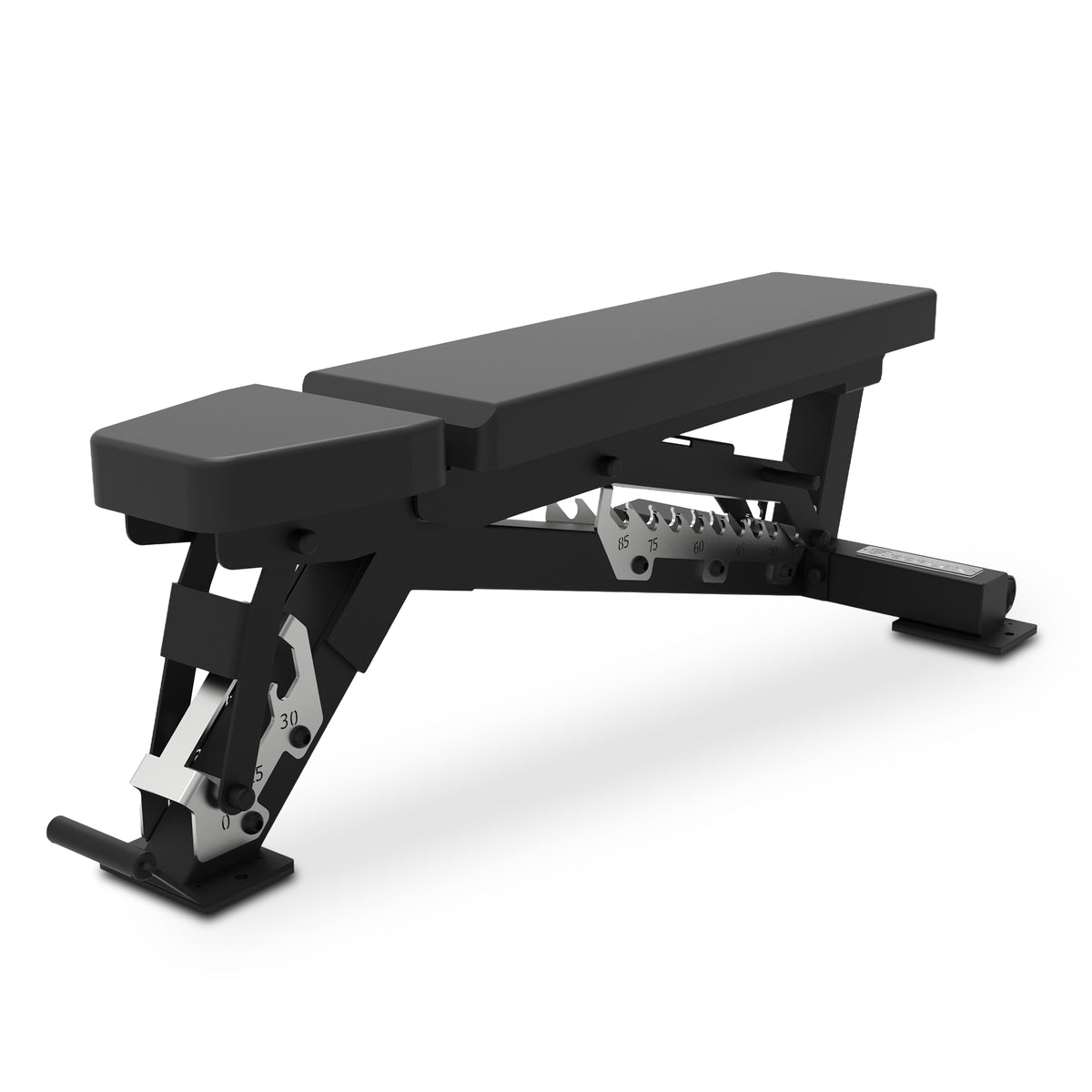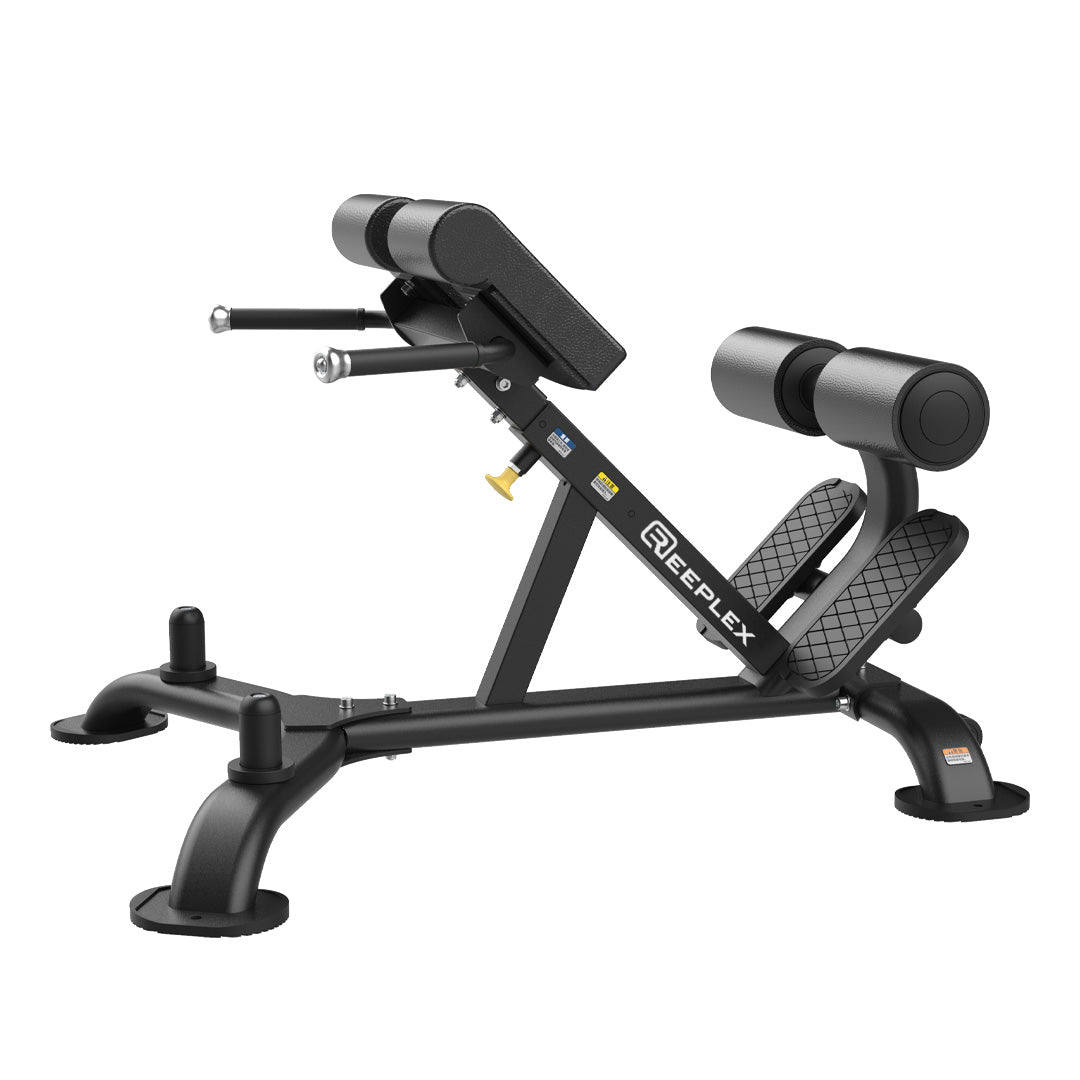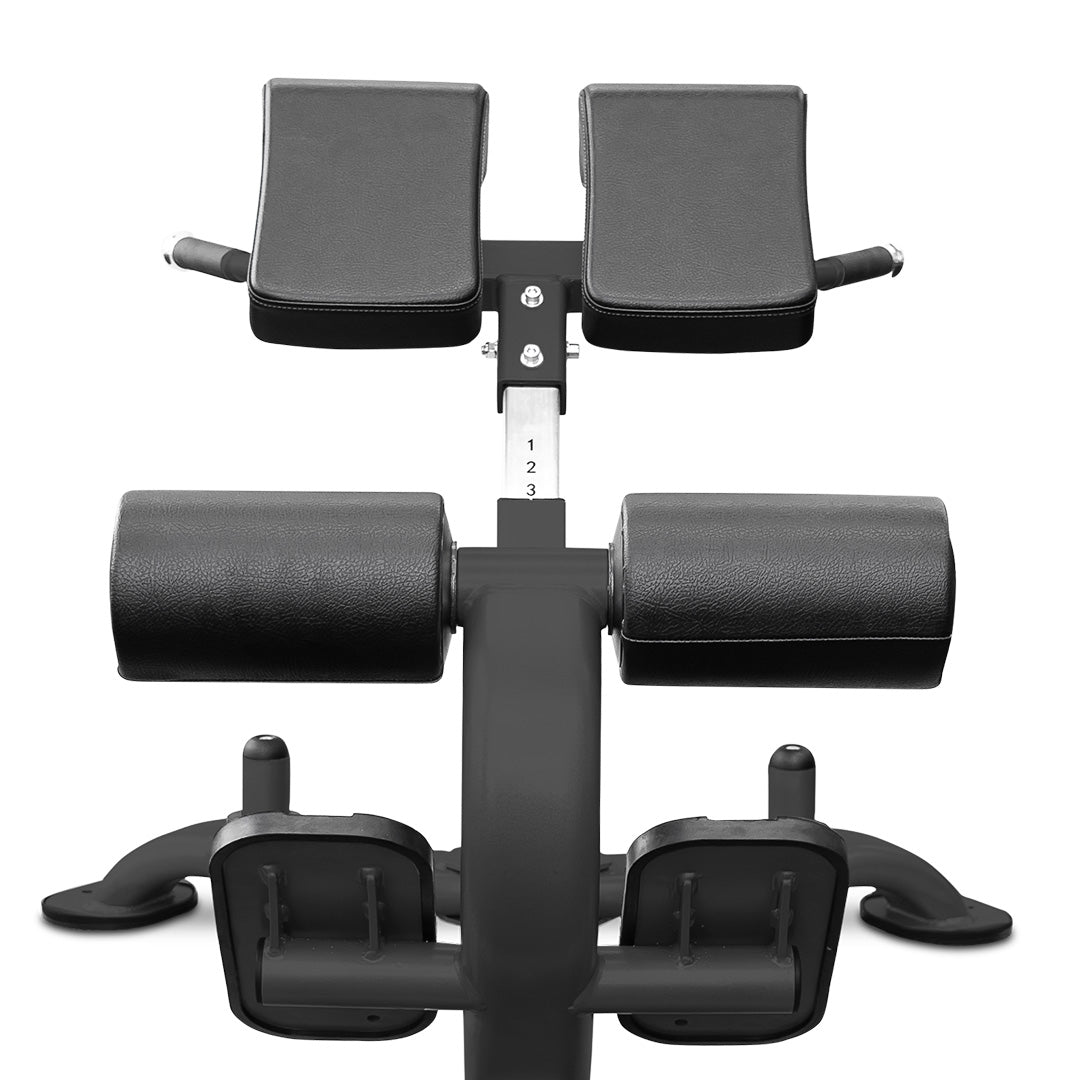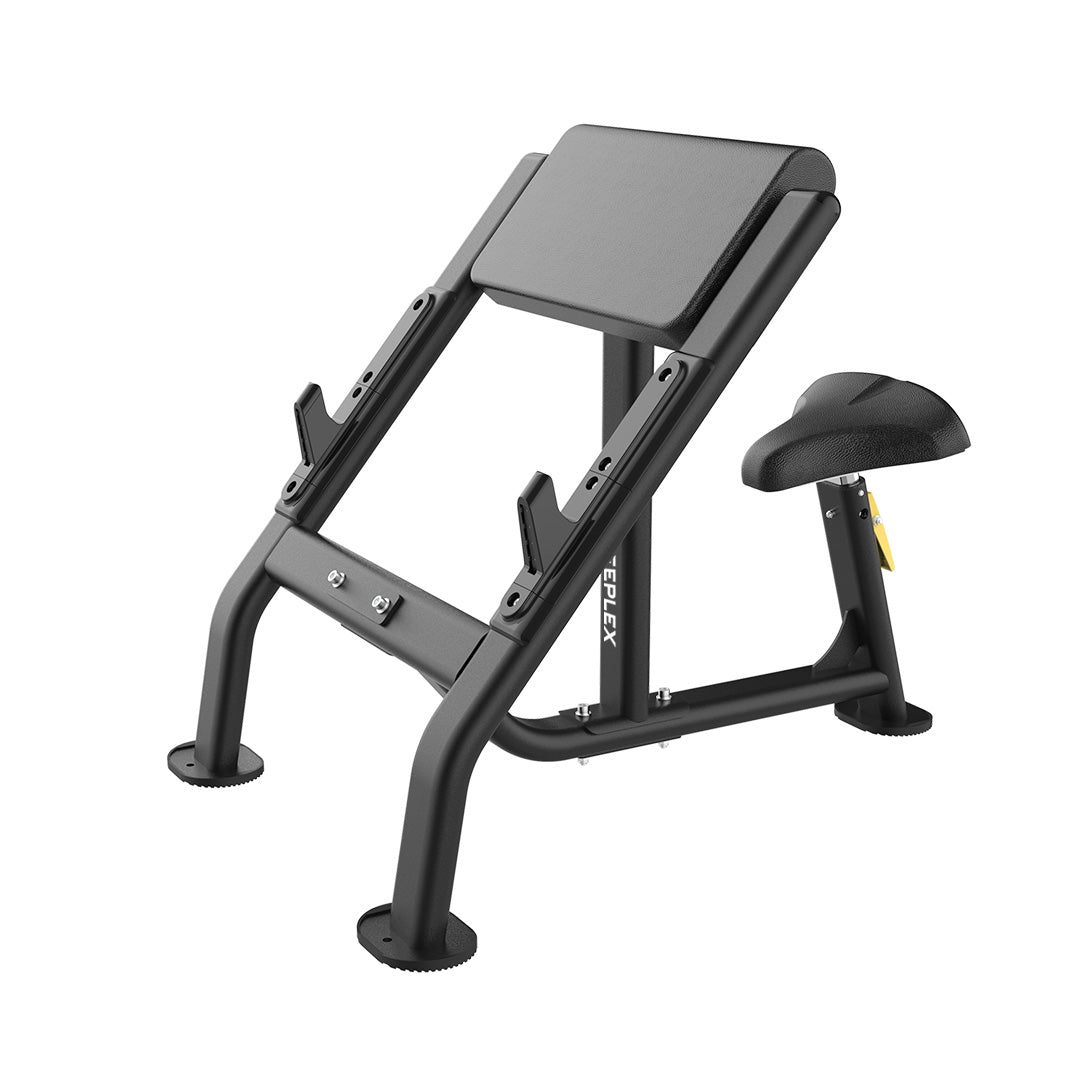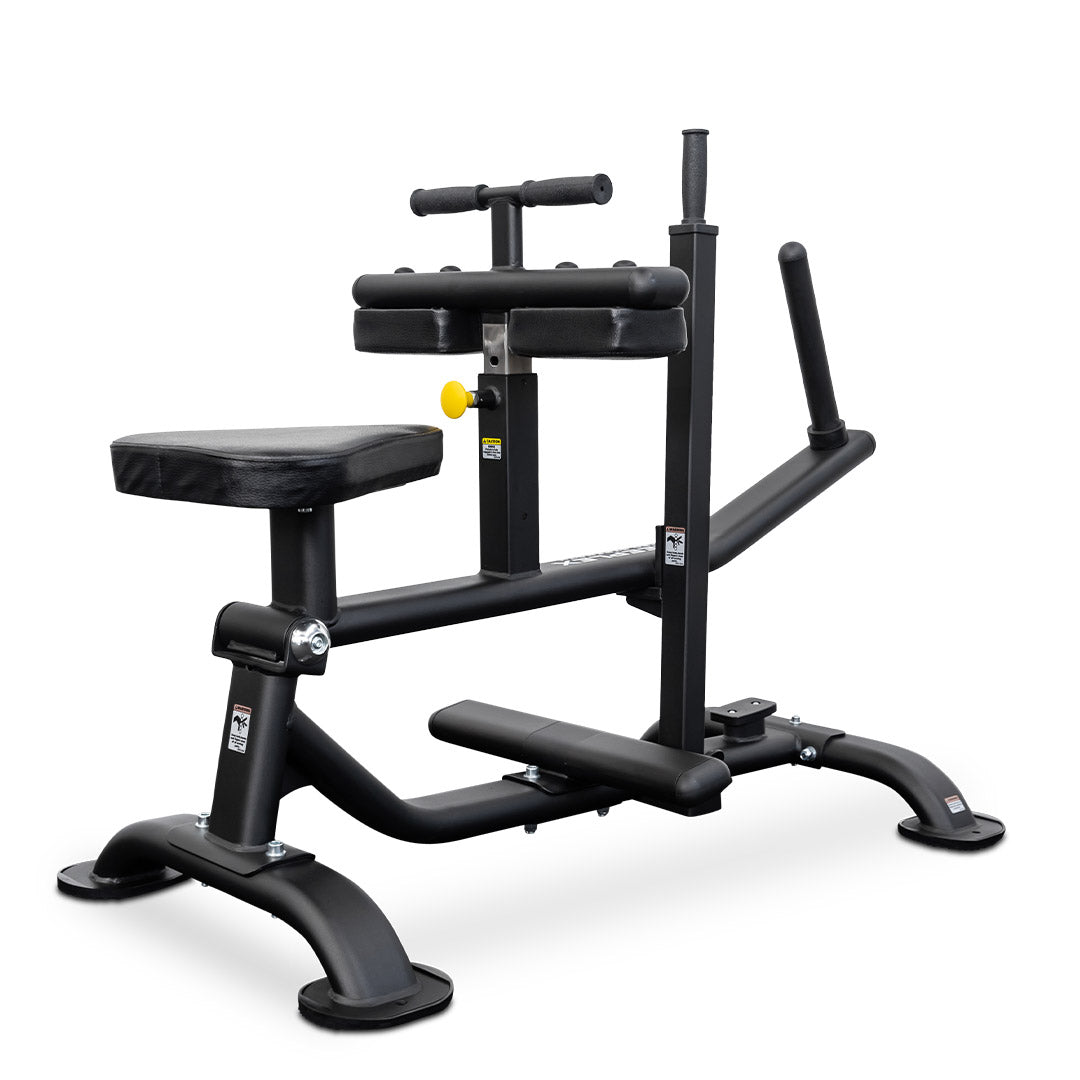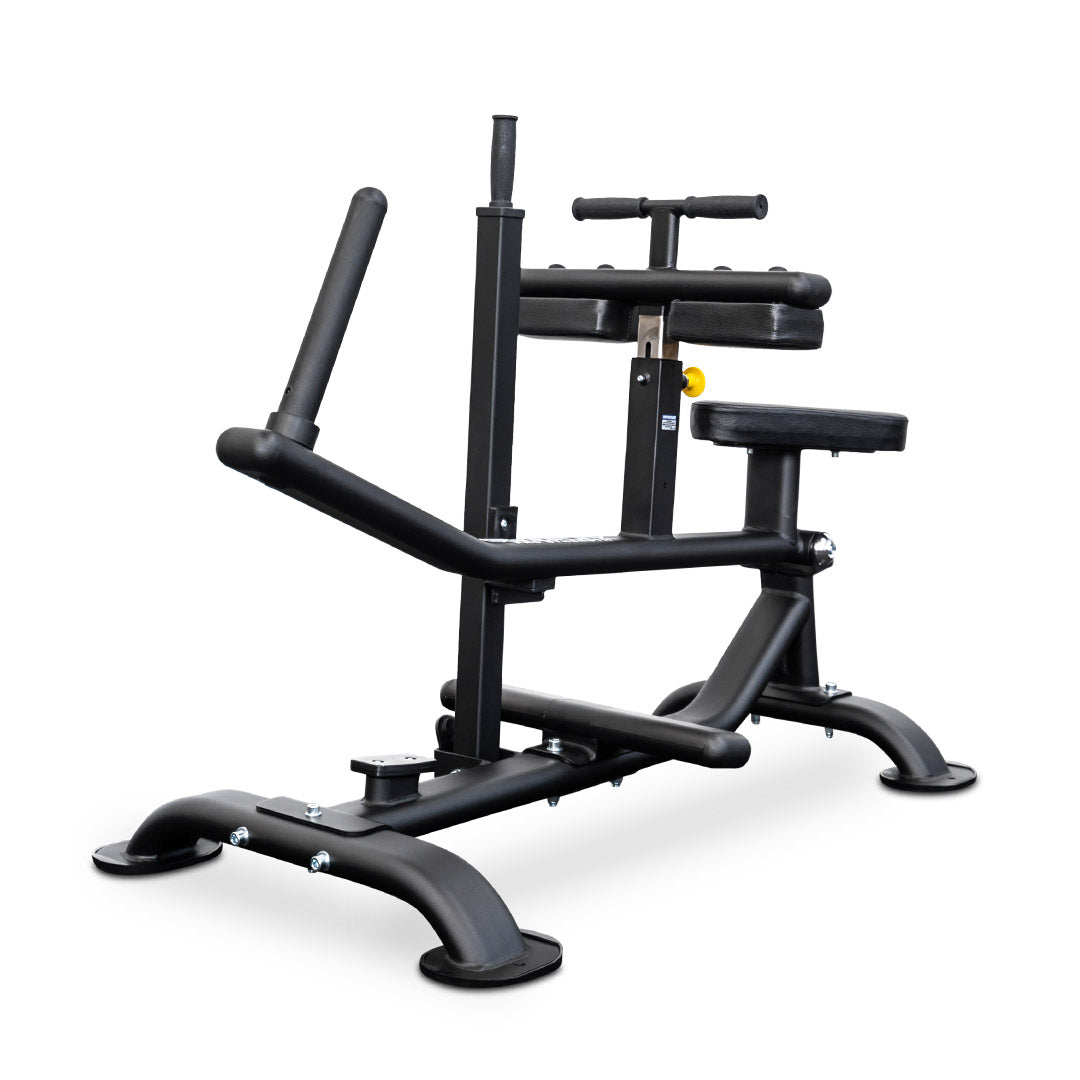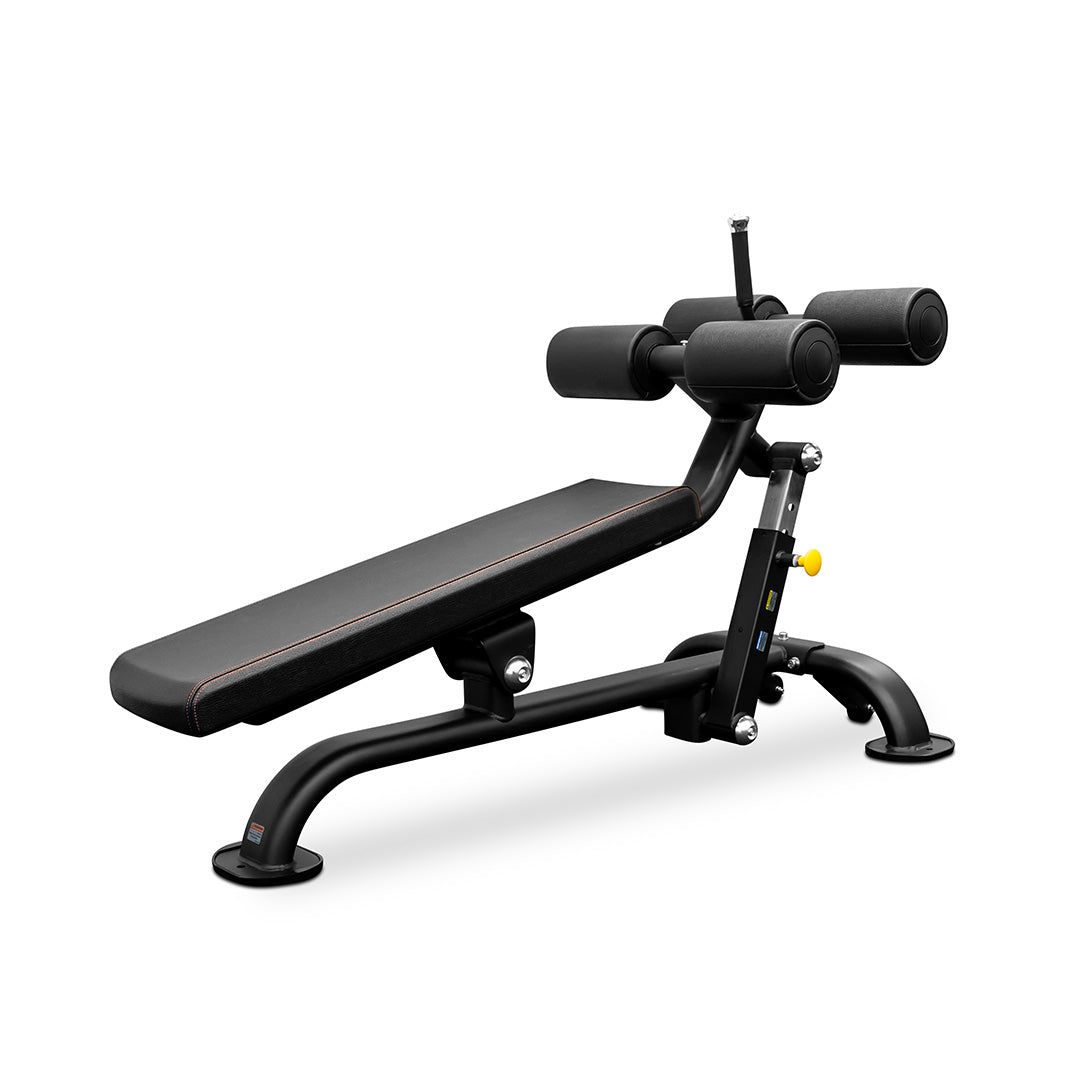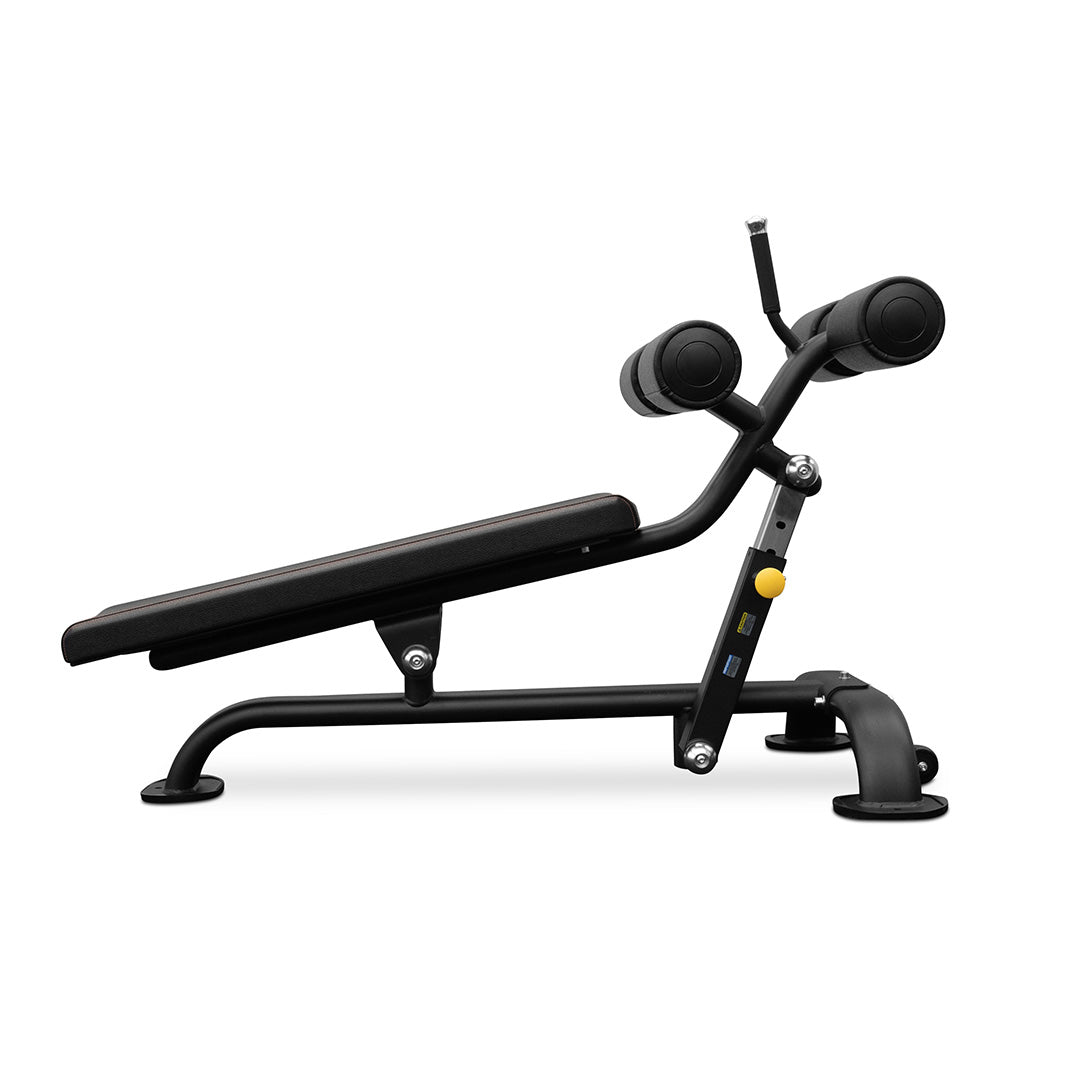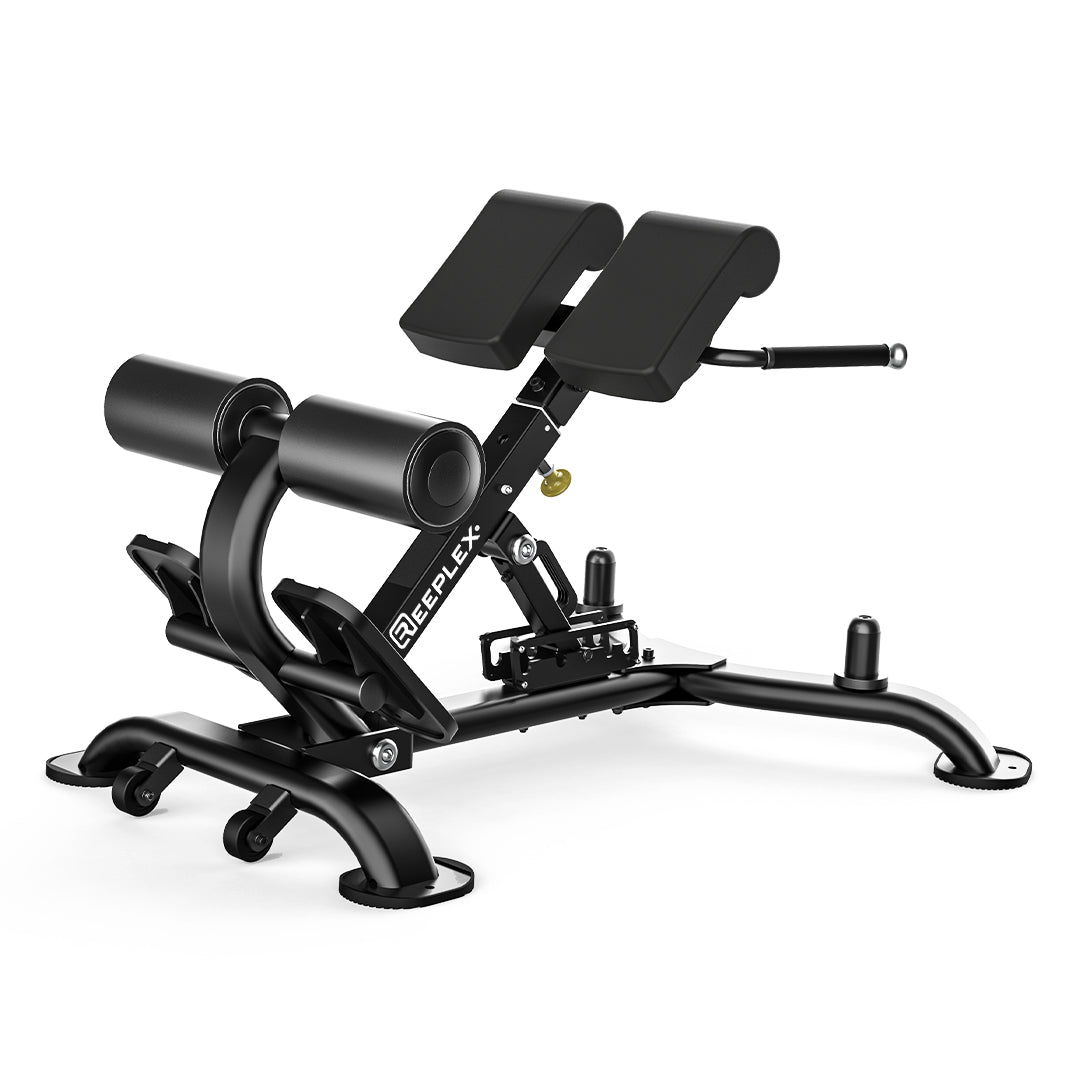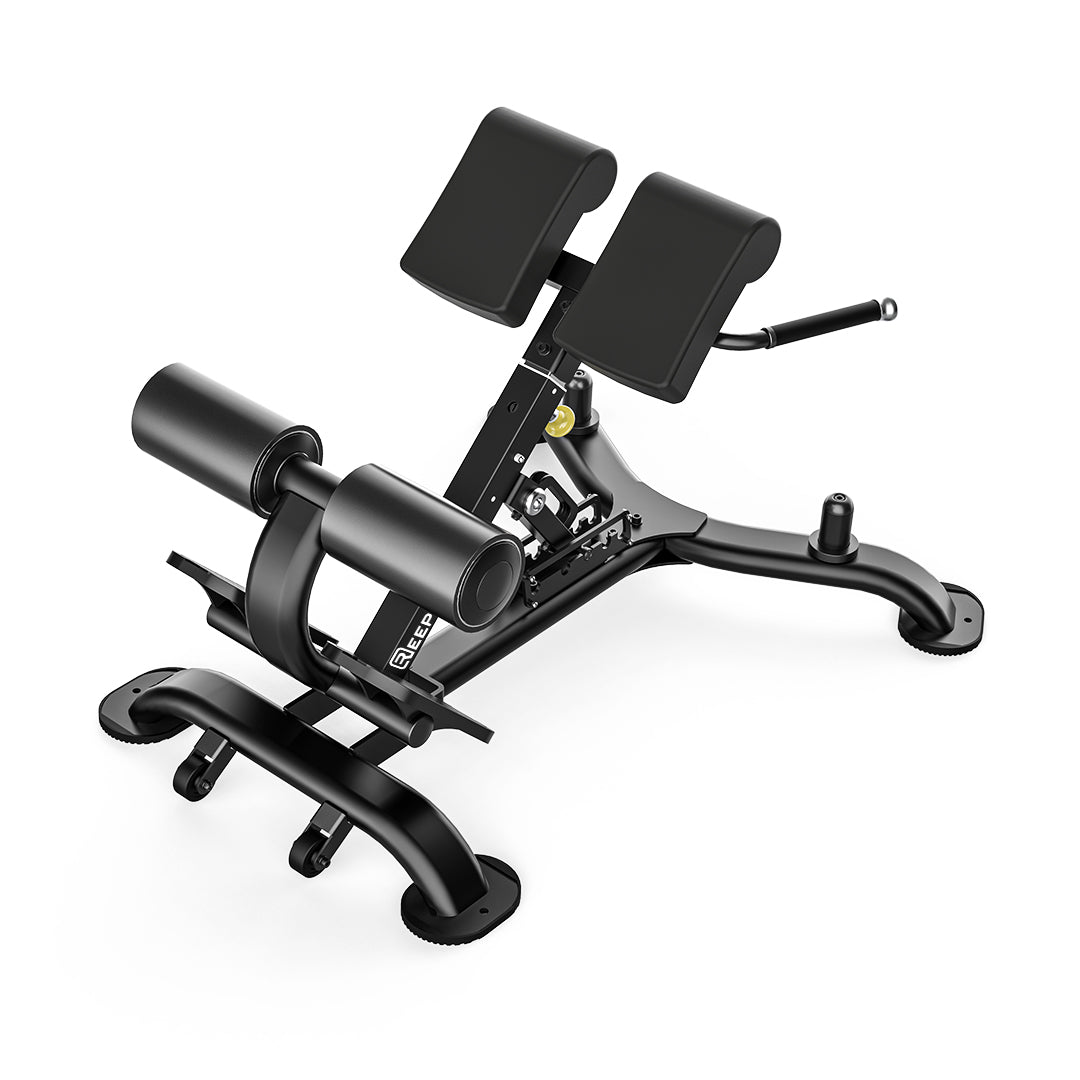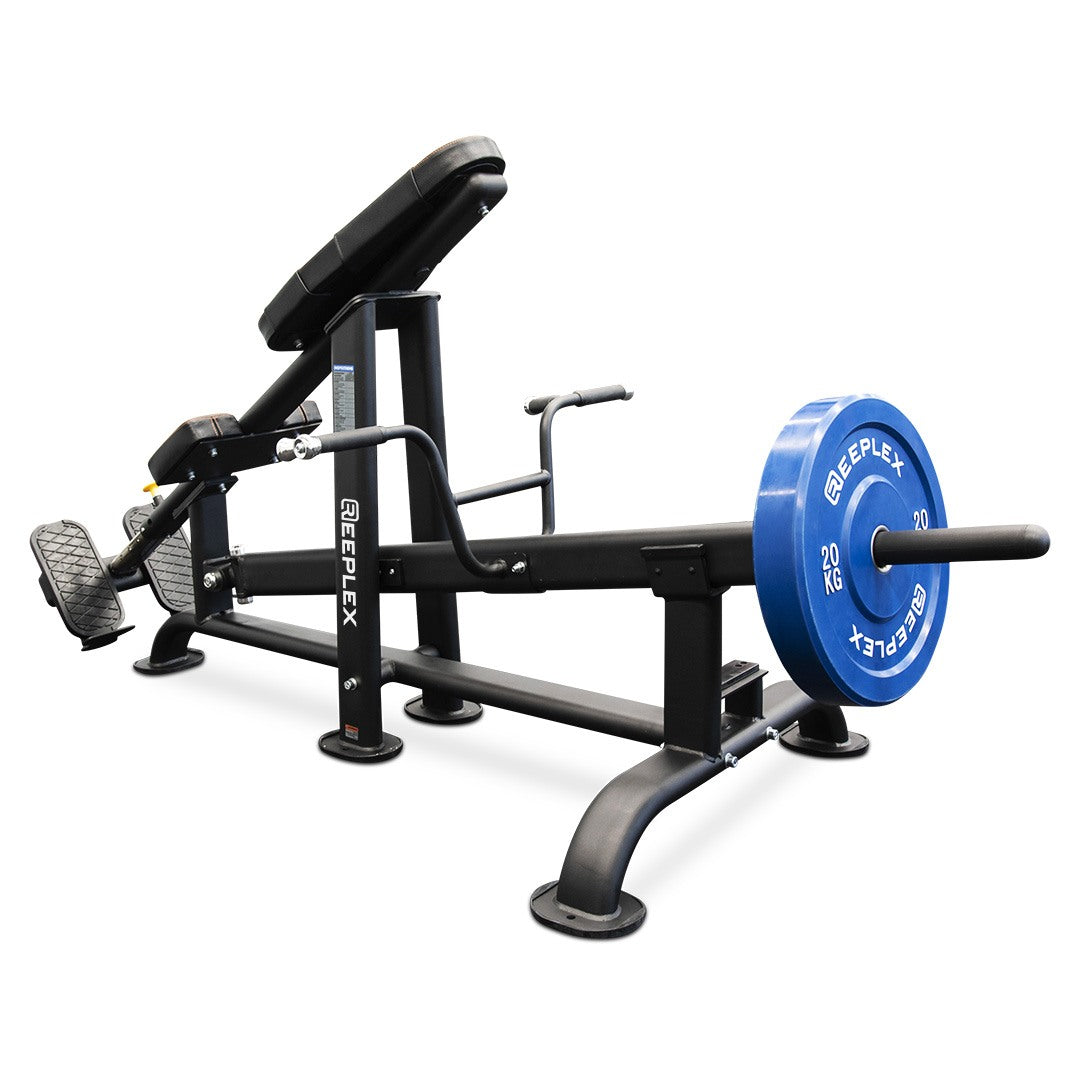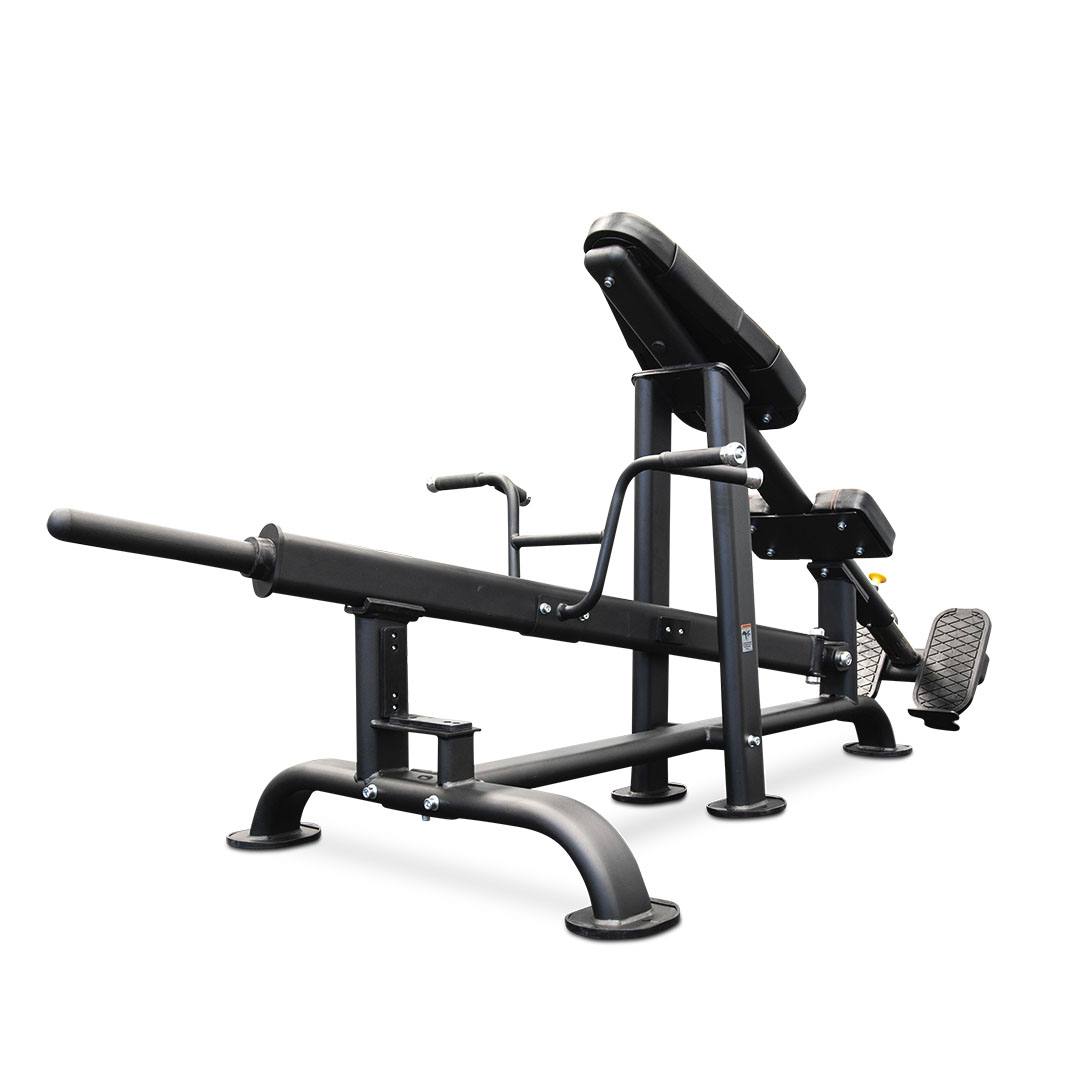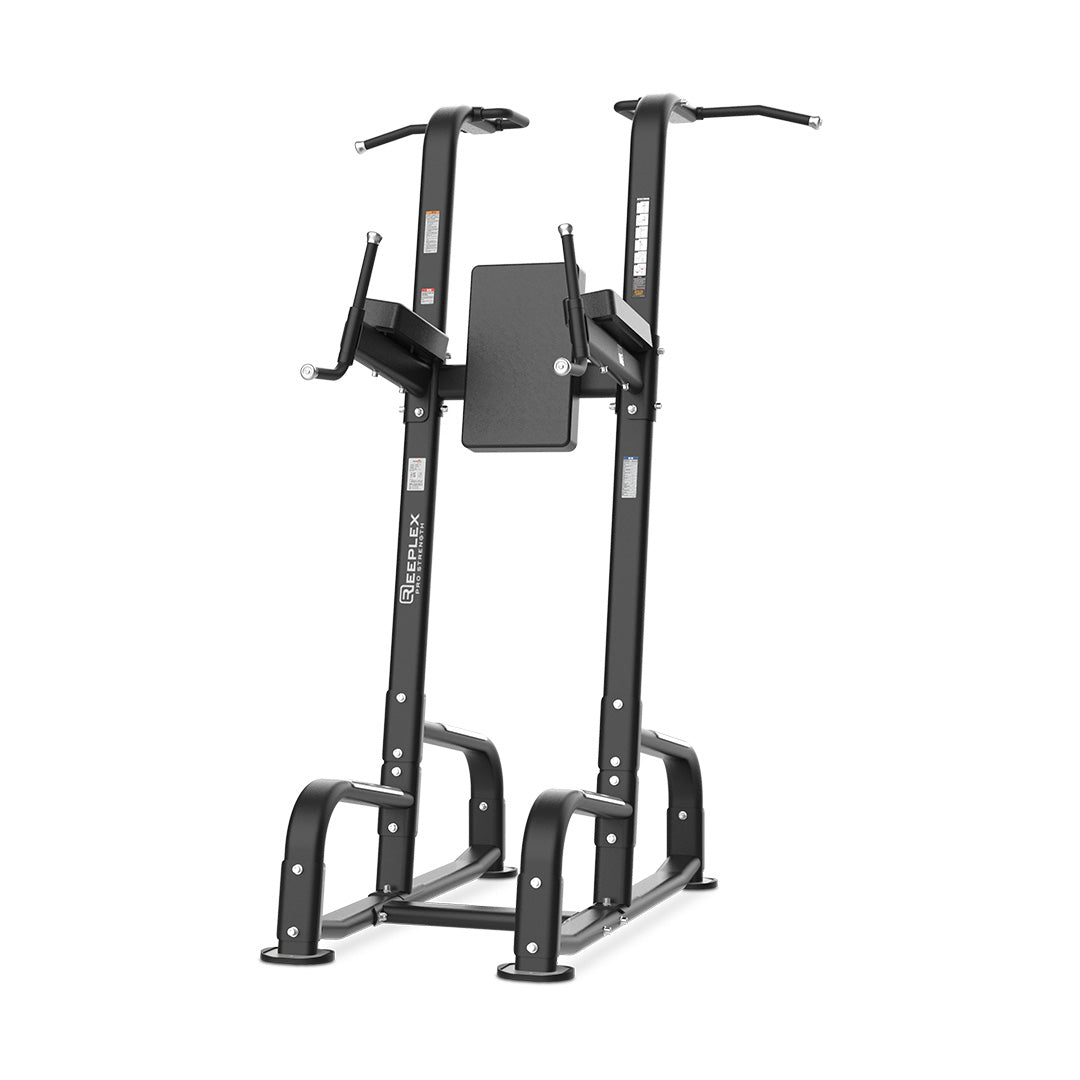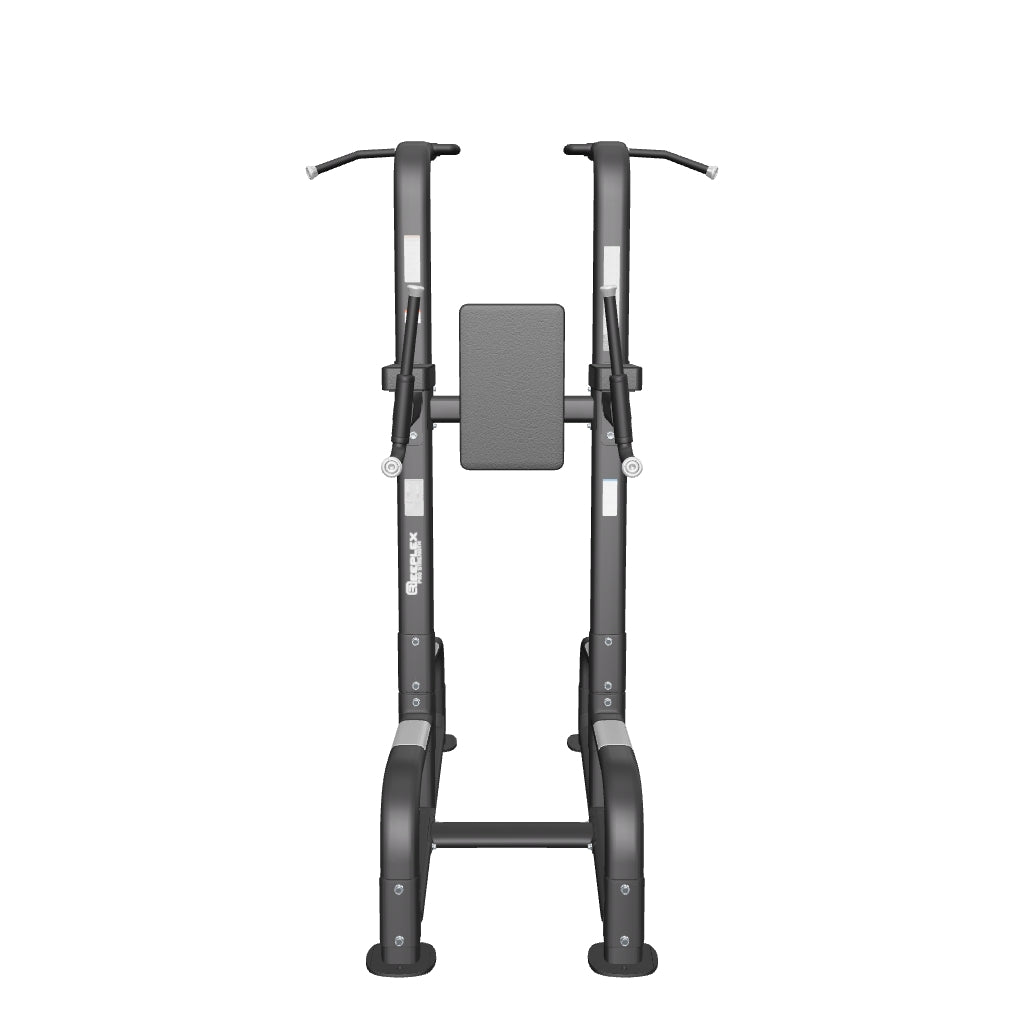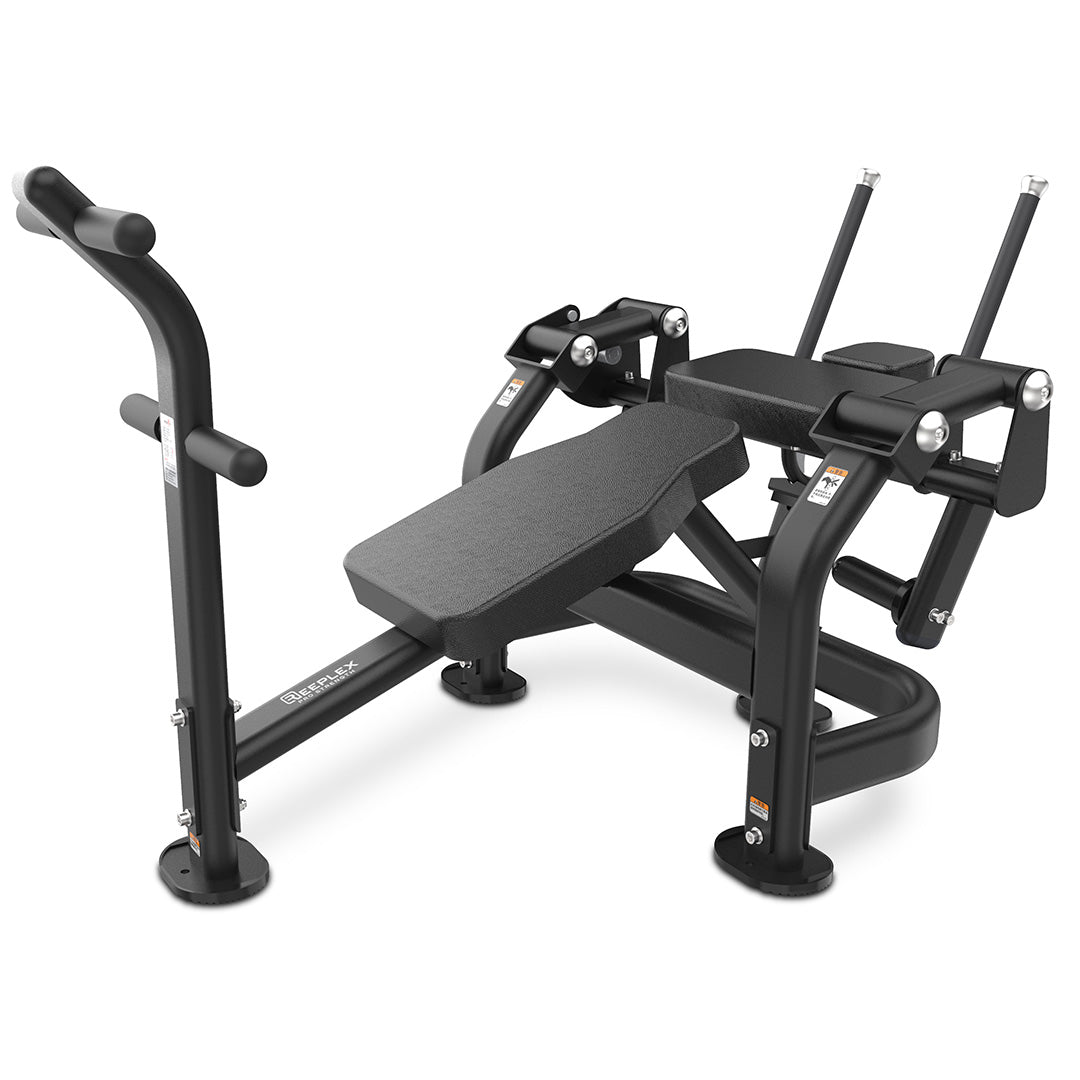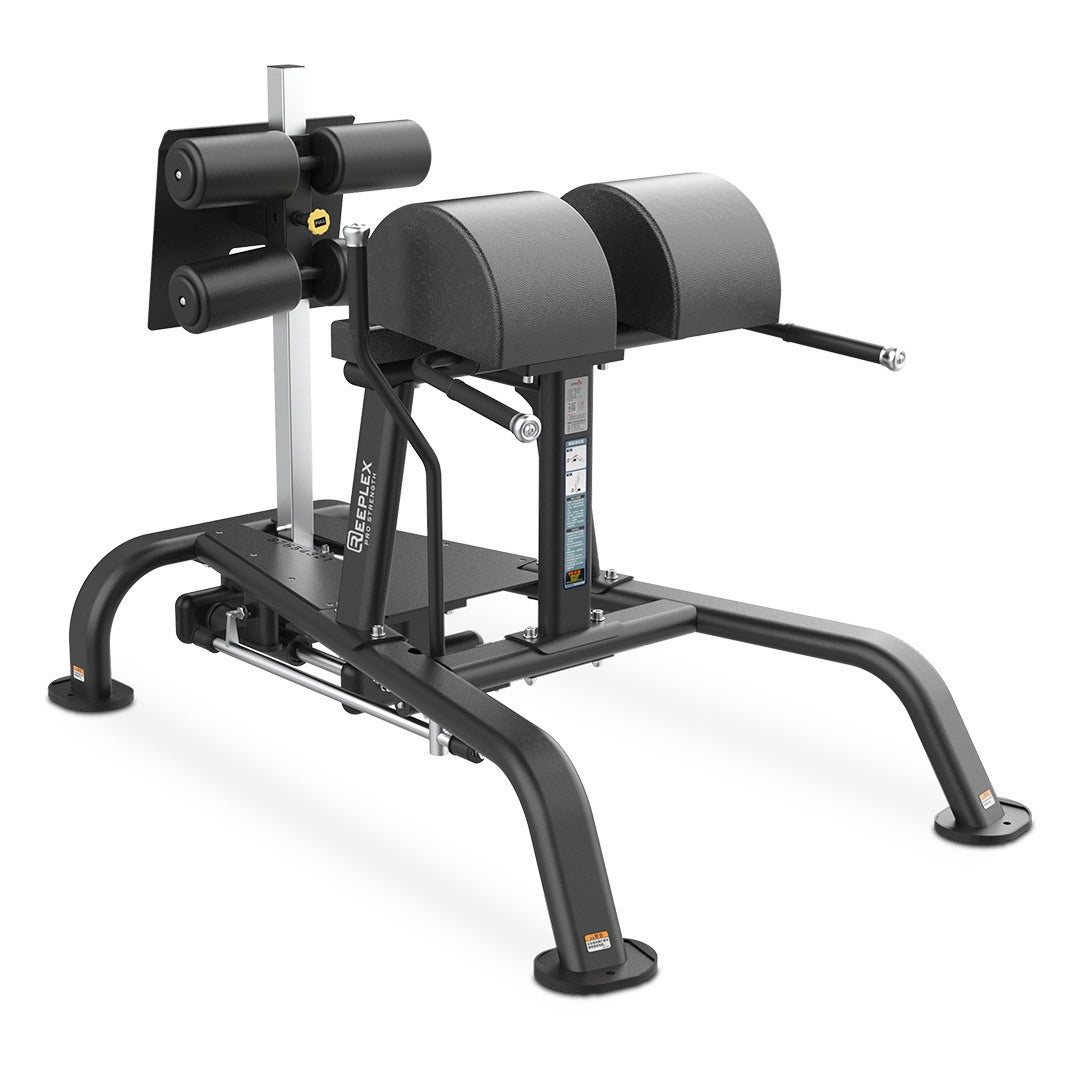The Power of Adjustable and Fixed Benches in Strength Training
Adjustable and fixed benches are fundamental pieces of equipment in the realm of strength training. These benches provide a stable platform for various exercises, allowing individuals to target specific muscle groups and perform a wide range of movements with proper form and support. In this comprehensive description, we will address commonly asked questions about adjustable and fixed benches, shedding light on what they are, the different types available, and the benefits they offer. Get ready to elevate your strength training experience as we explore the world of adjustable and fixed benches.
How to familiarize yourself with the Bench:
- Take a moment to understand the adjustable or fixed bench and its components. Identify the seat, backrest, adjustment mechanisms (if applicable), and any additional features specific to the bench you're using.
- For adjustable benches, adjust the backrest to your desired angle, such as incline, decline, or flat. Ensure that the adjustment mechanism is securely locked in place. If using a fixed bench, ensure that the seat and backrest are in a comfortable and suitable position for your workout.
- Prior to using the bench, warm up your body with a few minutes of light cardiovascular exercise, such as jogging or cycling. This helps increase blood flow to your muscles and prepares your body for the workout.
- Determine the exercise you want to perform based on your workout plan and fitness goals. Adjustable and fixed benches can be used for exercises like bench presses, dumbbell flyes, seated shoulder presses, and more.
- Position yourself on the bench, ensuring your body is aligned properly. Adjust the bench height if necessary to achieve a comfortable and stable position. Ensure your feet are planted firmly on the ground for stability.
- Focus on maintaining proper form throughout the exercise. Keep your back in contact with the bench, engage your core, and ensure your shoulders and hips are aligned. Maintain a neutral spine and avoid excessive arching or rounding.
- Execute the exercise with controlled and deliberate movements. Whether it's a bench press, fly, or shoulder press, follow the proper technique for each exercise. Pay attention to your breathing and avoid straining or jerking motions.
- Select an appropriate weight that challenges you while allowing you to maintain proper form. Start with lighter weights if you're new to the exercise and gradually increase the load as you gain strength and confidence.
- After completing each set, take short breaks to rest and recover. Hydrate and stretch between sets as needed. Listen to your body and adjust the rest periods based on your fitness level and intensity of the workout.
- After your workout, wipe down the bench with a clean cloth or disinfectant to maintain cleanliness.
What is an Adjustable Bench?
An adjustable bench, as the name suggests, allows users to modify its incline or decline angles, providing versatility in exercise selection and targeting different muscle groups. It typically features a seat and a backrest that can be adjusted to multiple positions, such as flat, incline, and decline, allowing for variations in exercise intensity and targeting specific areas of the body.
What is a Fixed Bench?
A fixed bench, on the other hand, maintains a static position and does not offer adjustable angles. It usually consists of a sturdy frame with a fixed seat and backrest, providing stability during exercises. Fixed benches are commonly found in weightlifting and strength training setups, providing a solid foundation for various exercises like bench presses, dumbbell flyes, and seated shoulder presses.
What are the Benefits of Adjustable and Fixed Benches?
Adjustable and fixed benches offer several benefits that enhance strength training routines:
Versatility: Adjustable benches provide the flexibility to perform a wide range of exercises, including chest presses, shoulder presses, bicep curls, and tricep extensions, with varying degrees of incline or decline. Fixed benches excel in providing stability for exercises that require a static position, such as bench presses.
Targeted Muscle Engagement: By adjusting the angle of an adjustable bench, individuals can target specific muscle groups. Incline positions focus on the upper chest and shoulders, while decline positions emphasize the lower chest and triceps. Flat positions provide a balanced engagement of multiple muscle groups.
Progression and Challenge: Both adjustable and fixed benches allow individuals to gradually increase the weight they lift, helping in progressive overload and muscle growth. As strength improves, individuals can challenge themselves by adjusting the bench angle or adding more weight.
Stability and Safety: Both types of benches offer a stable platform for strength exercises, reducing the risk of injuries and ensuring proper form. They provide support for the back and help individuals maintain a solid base during lifts.


